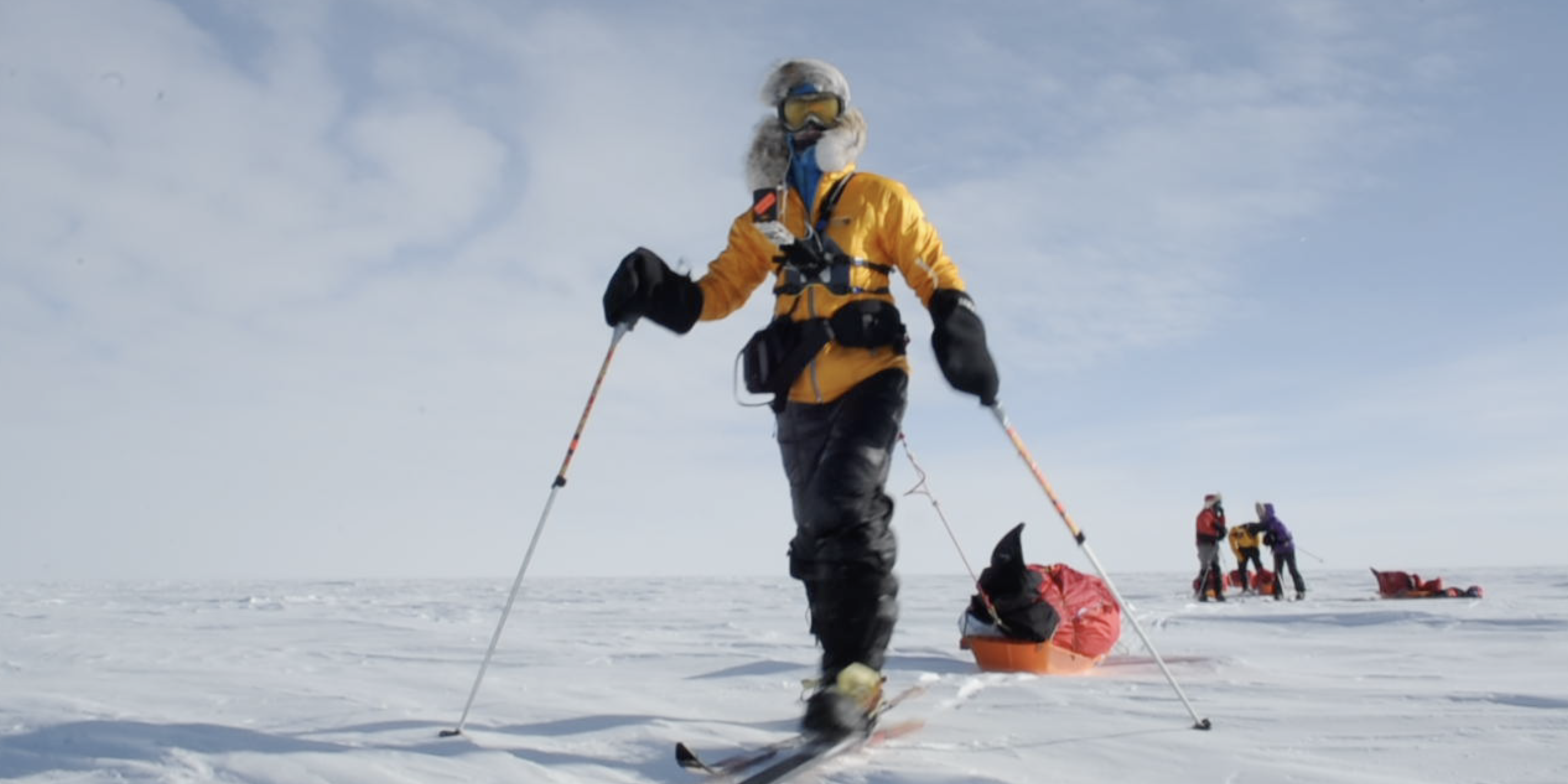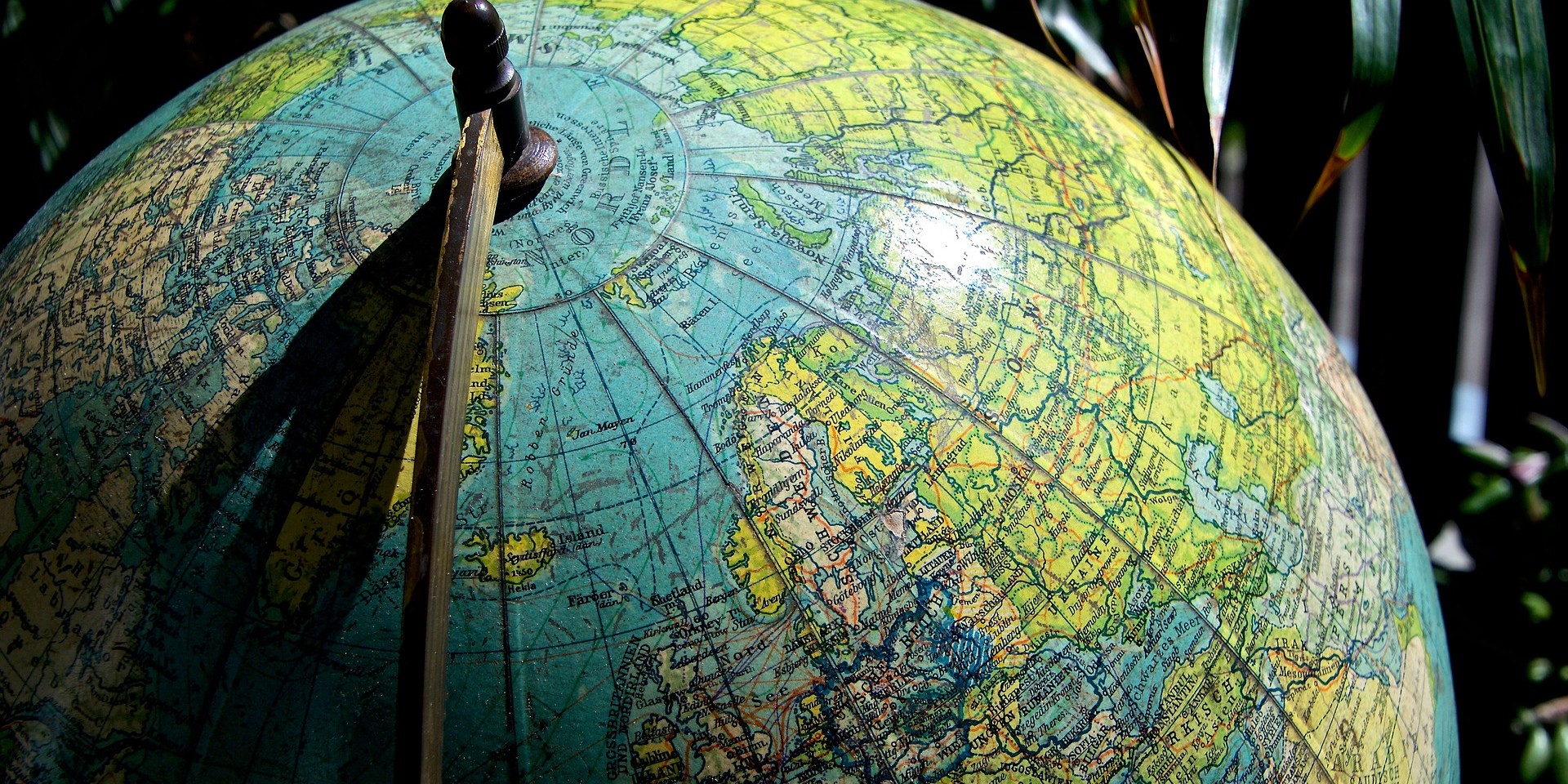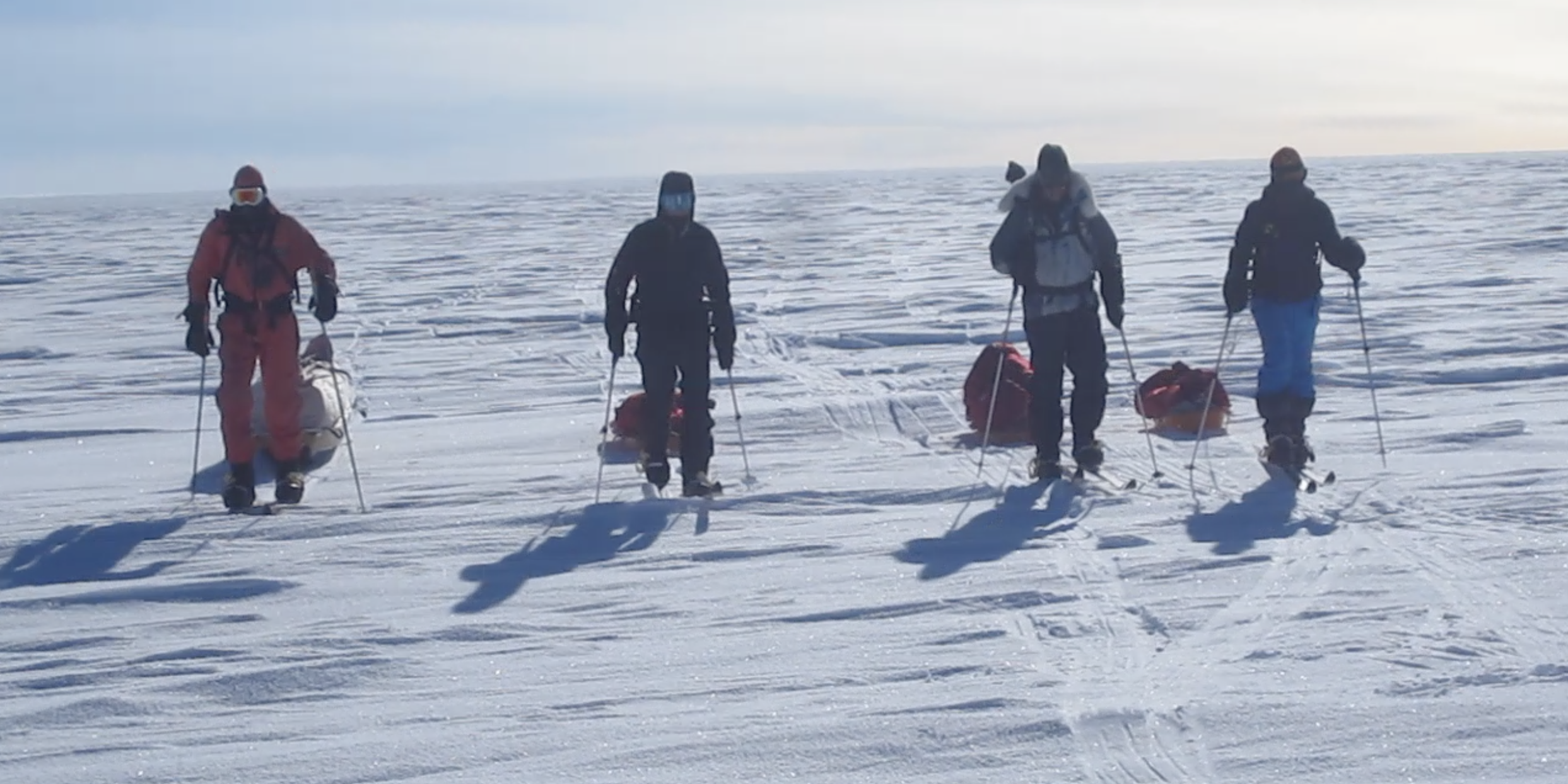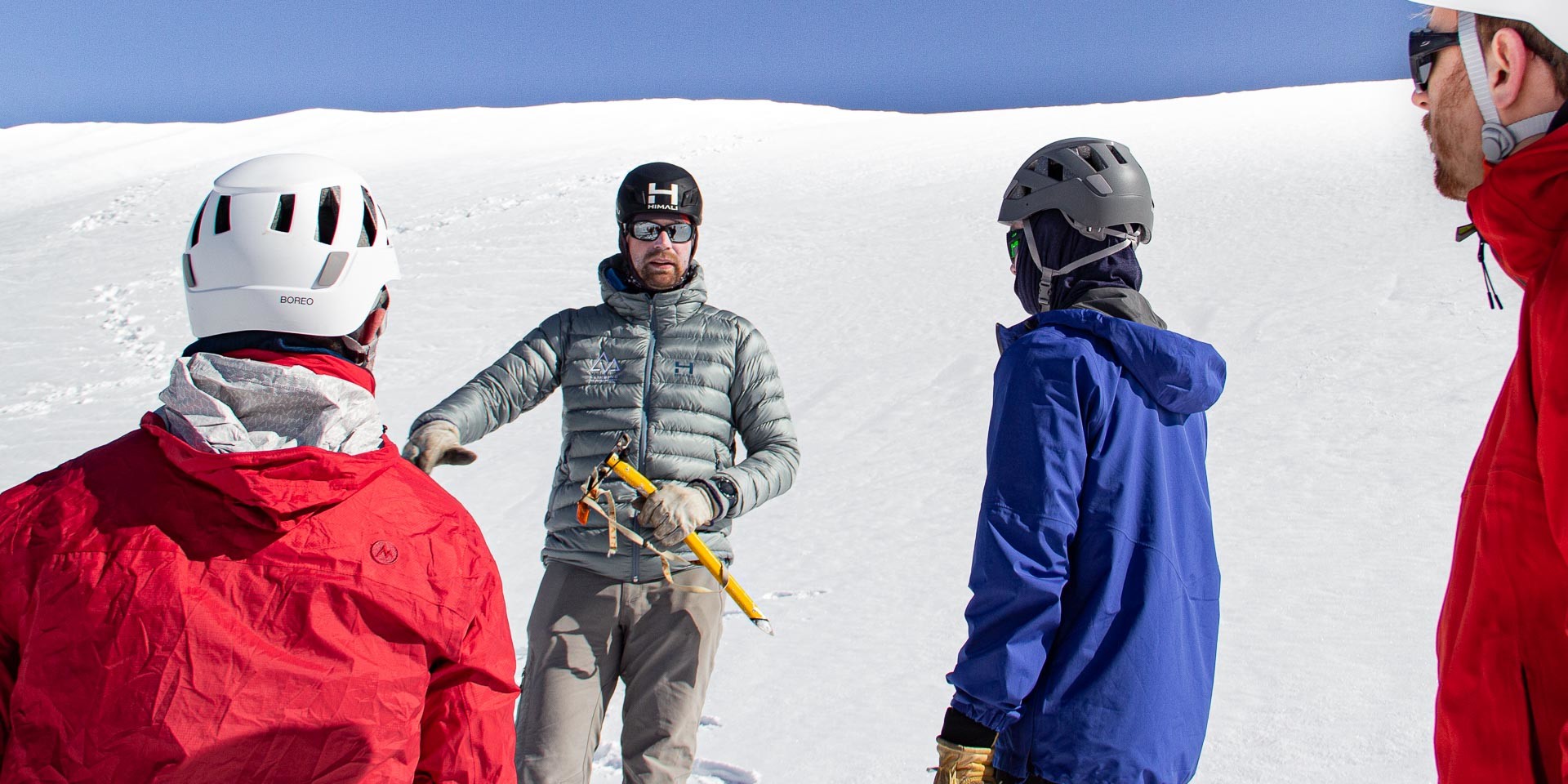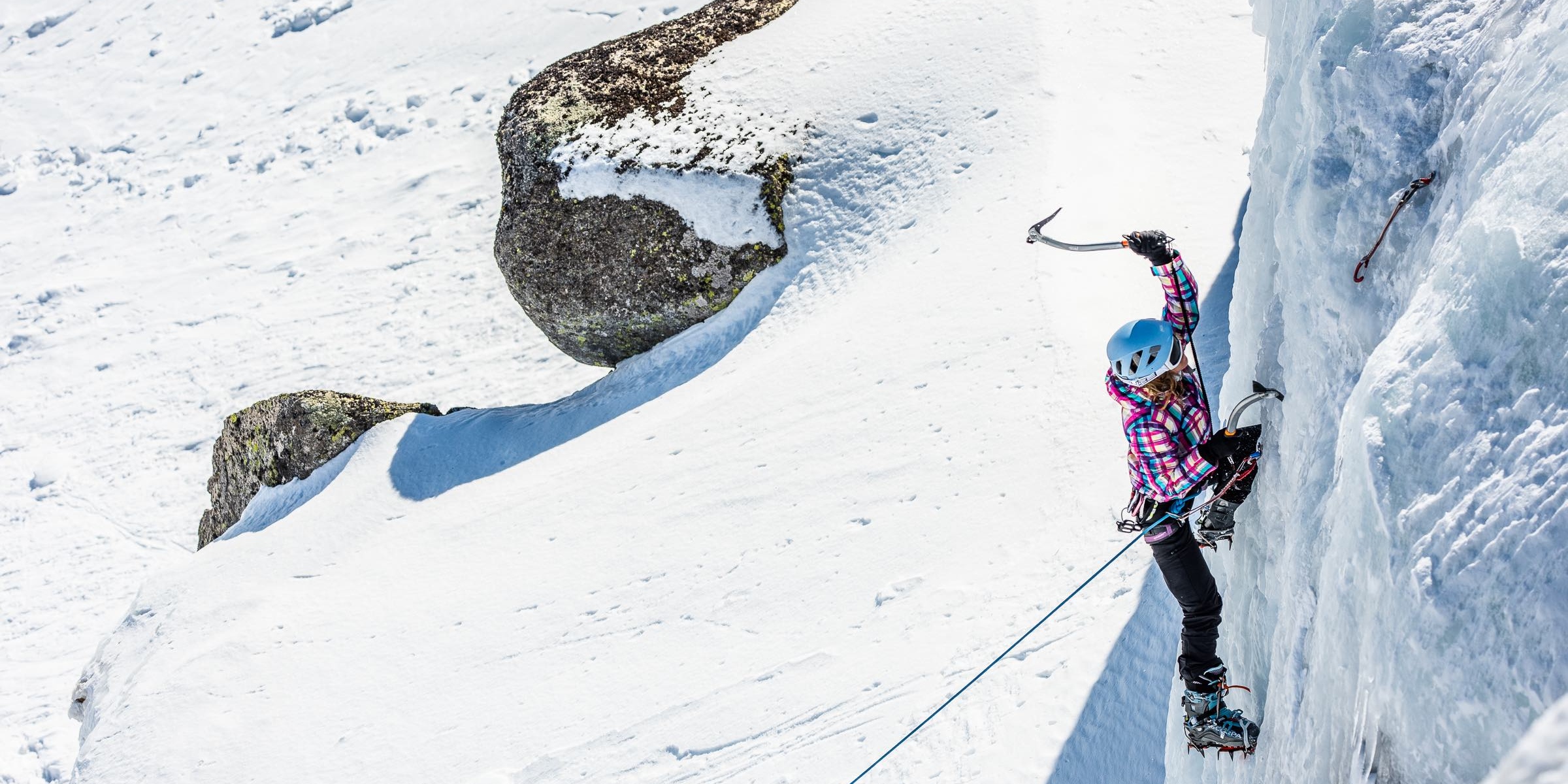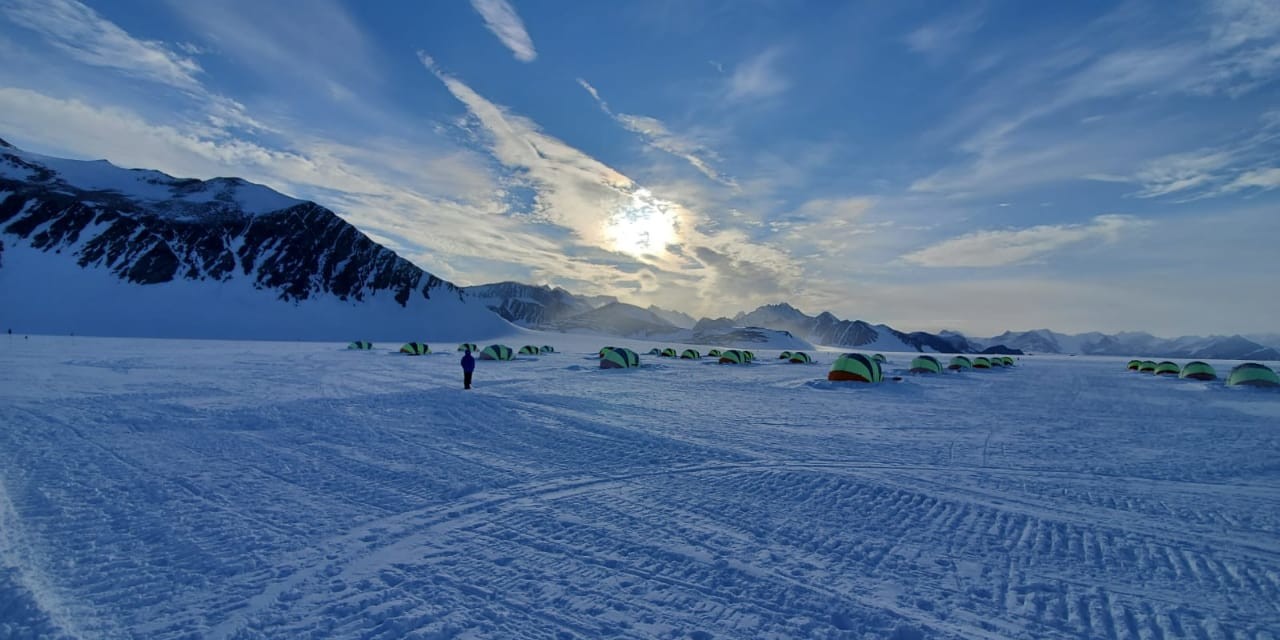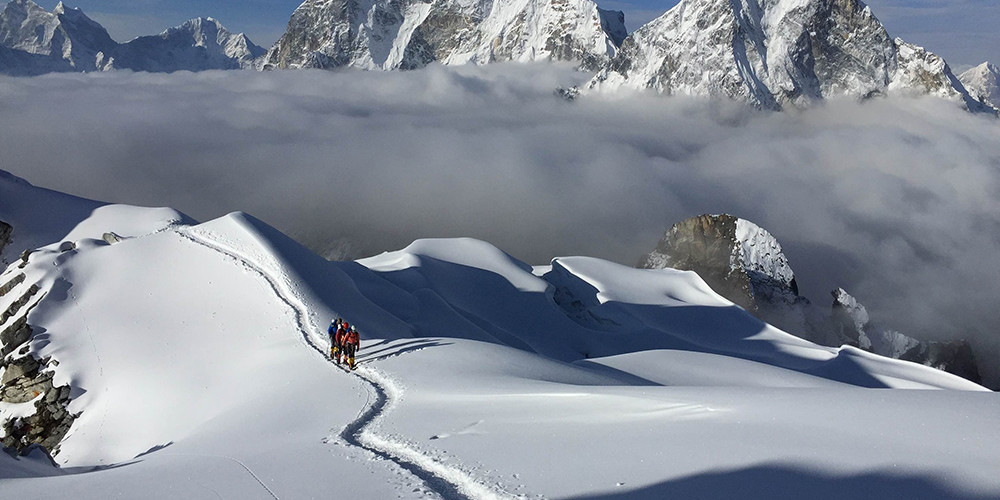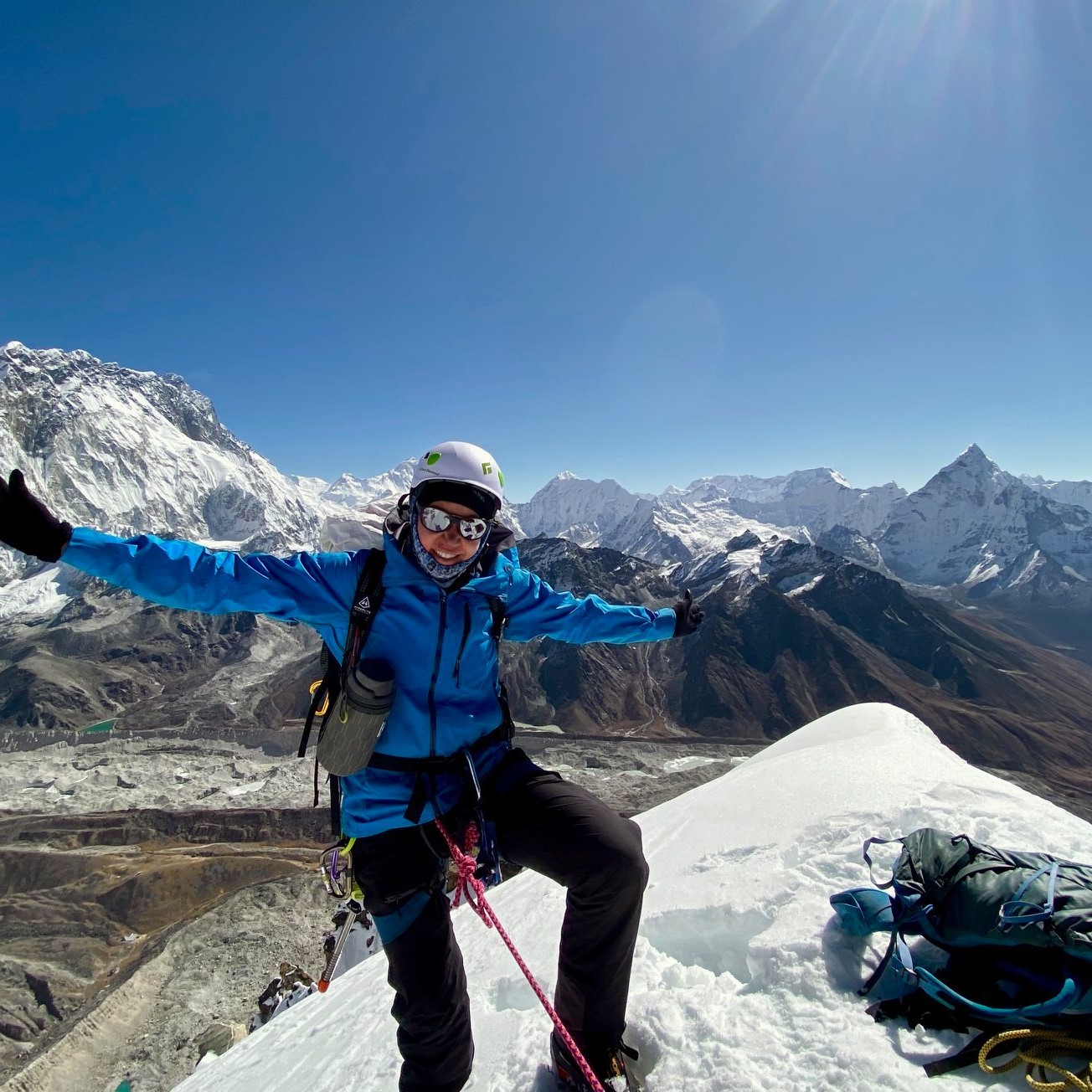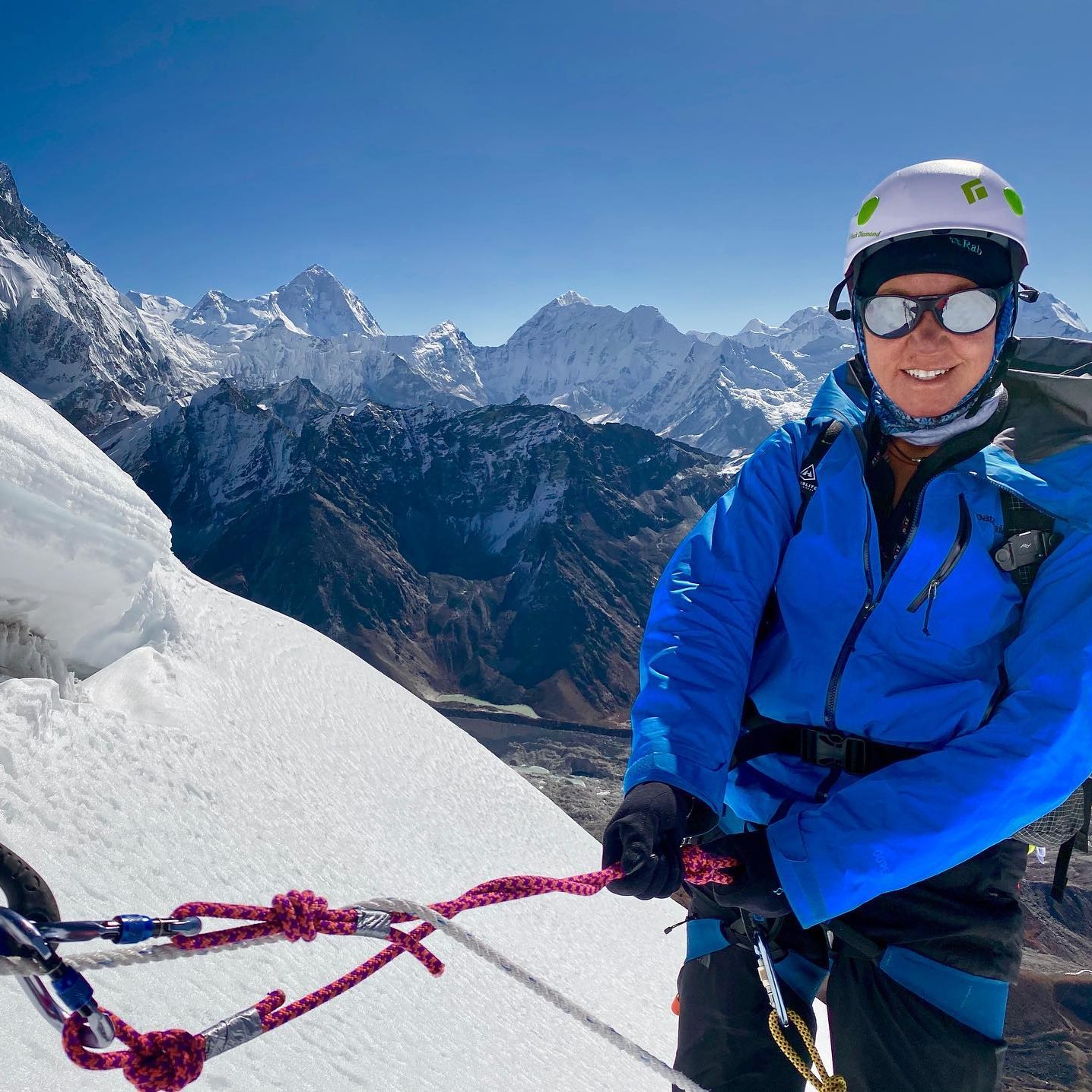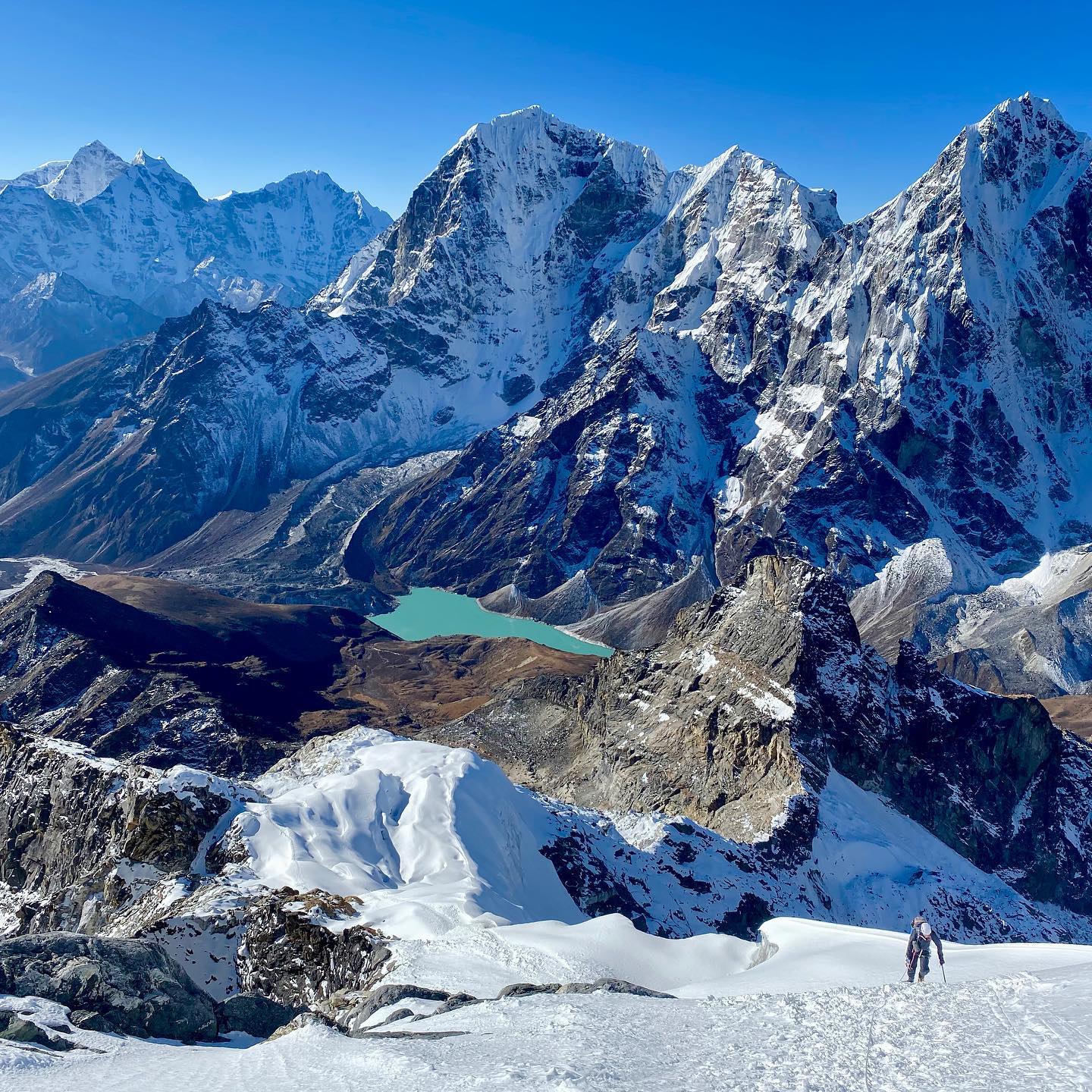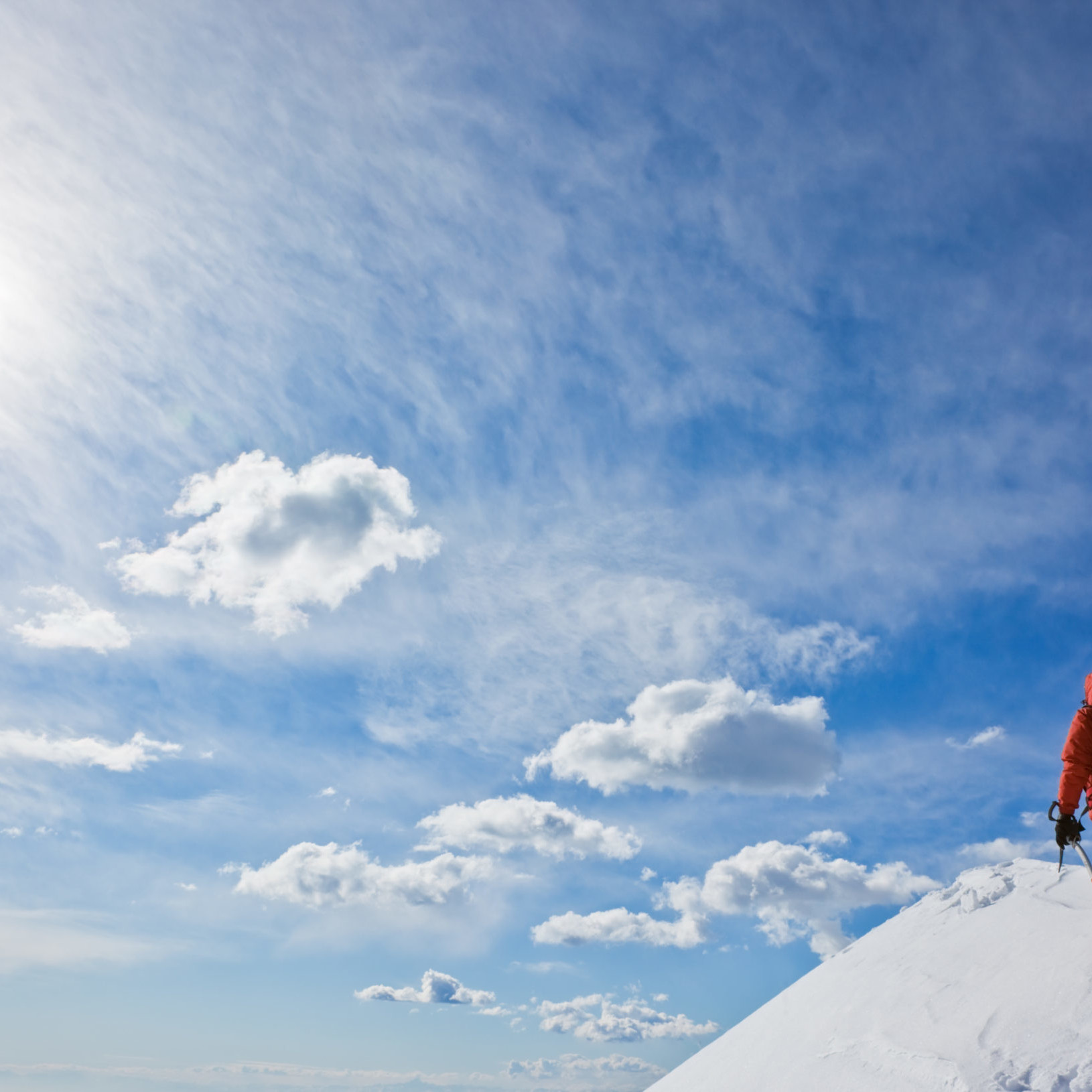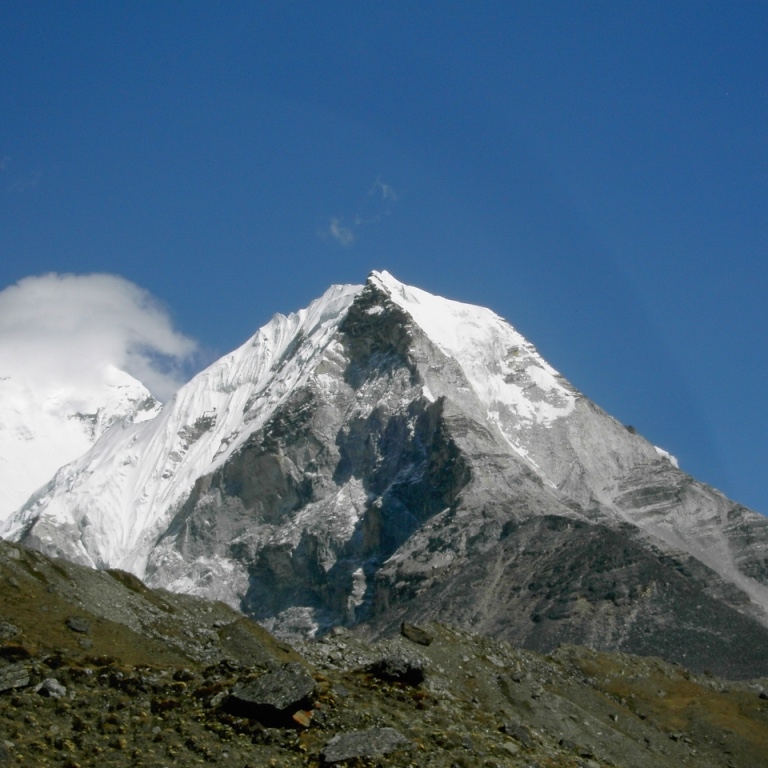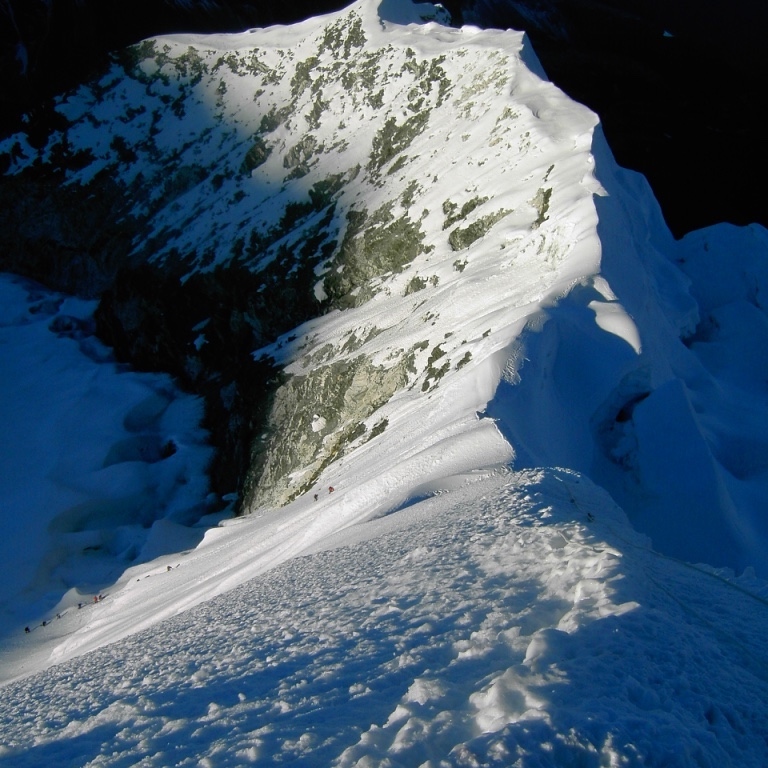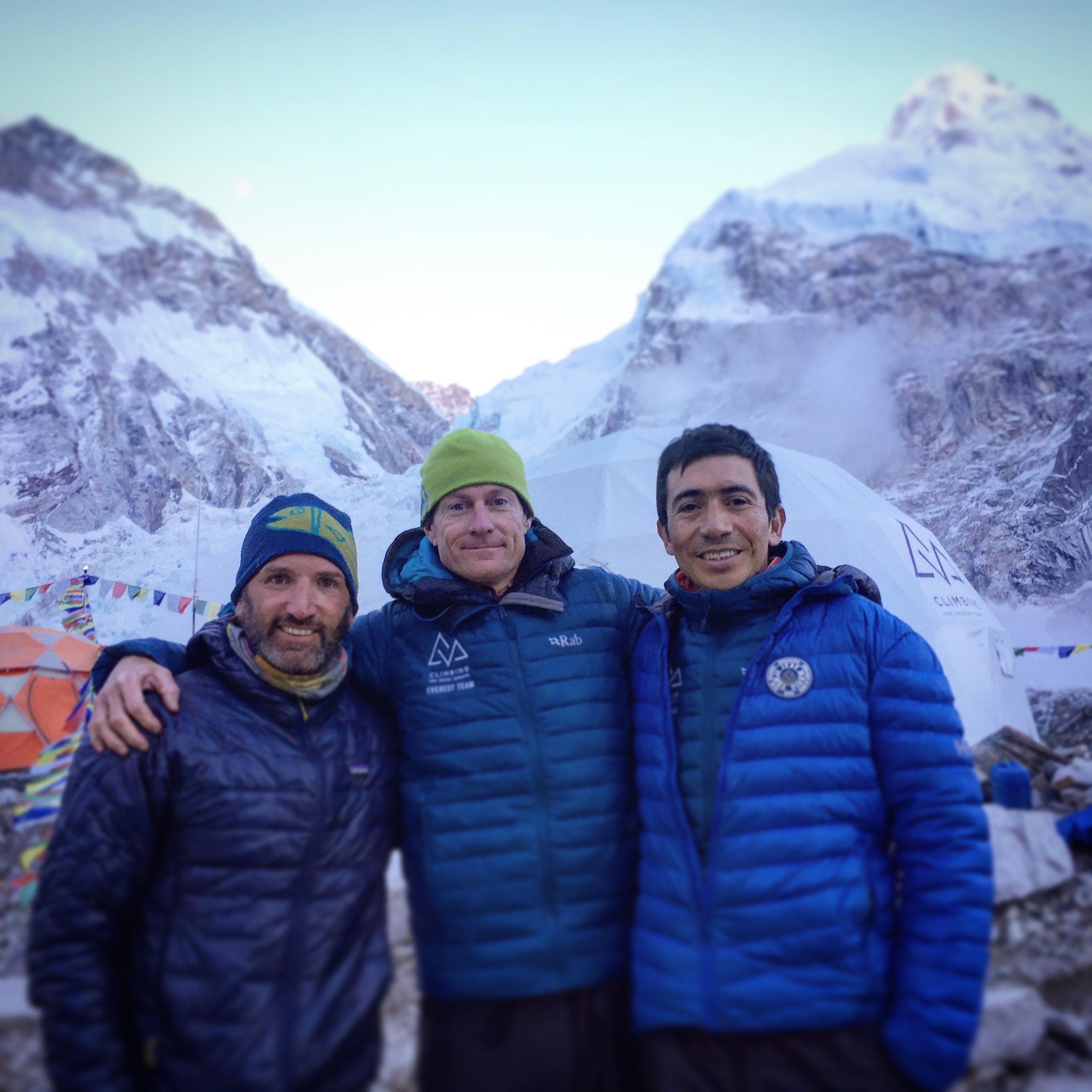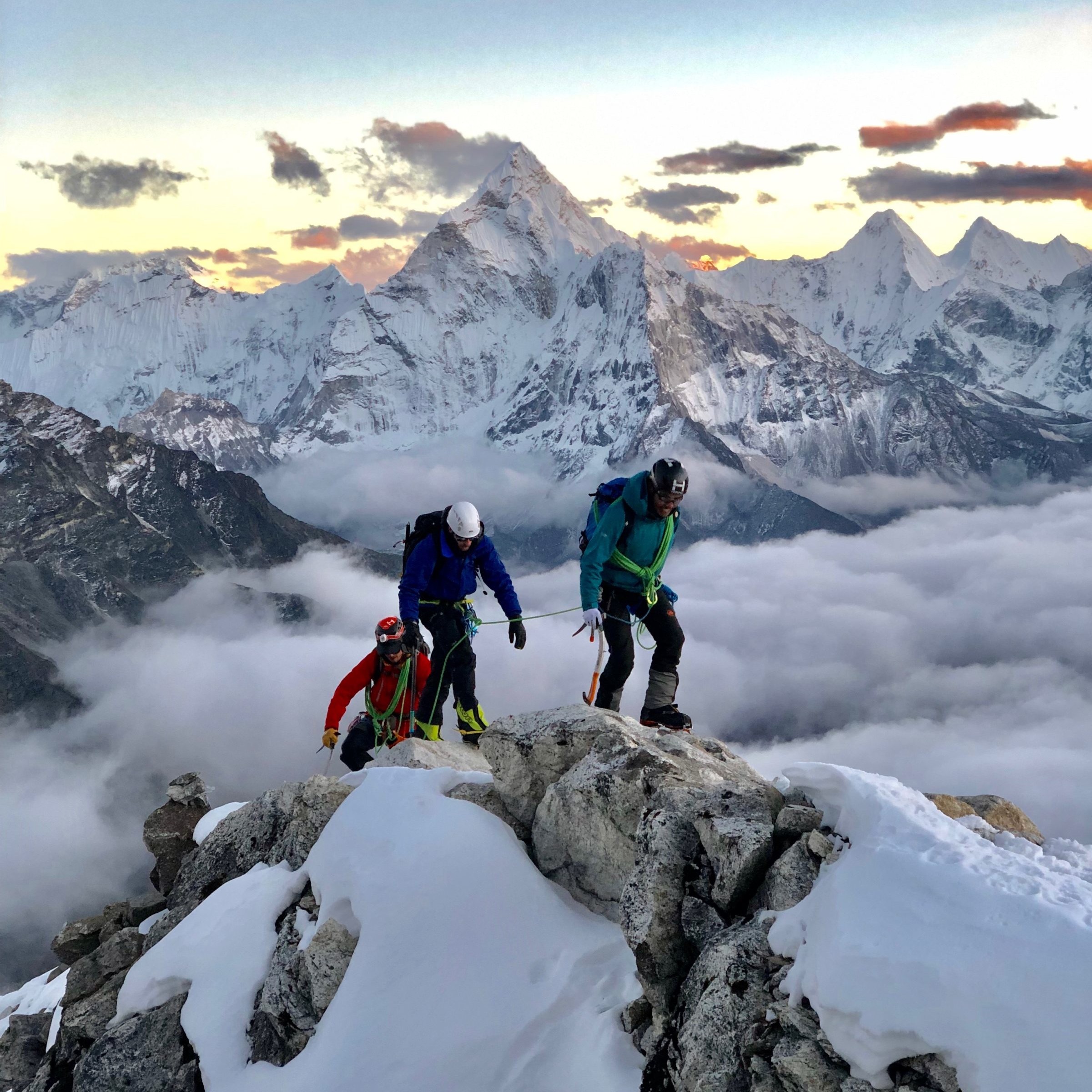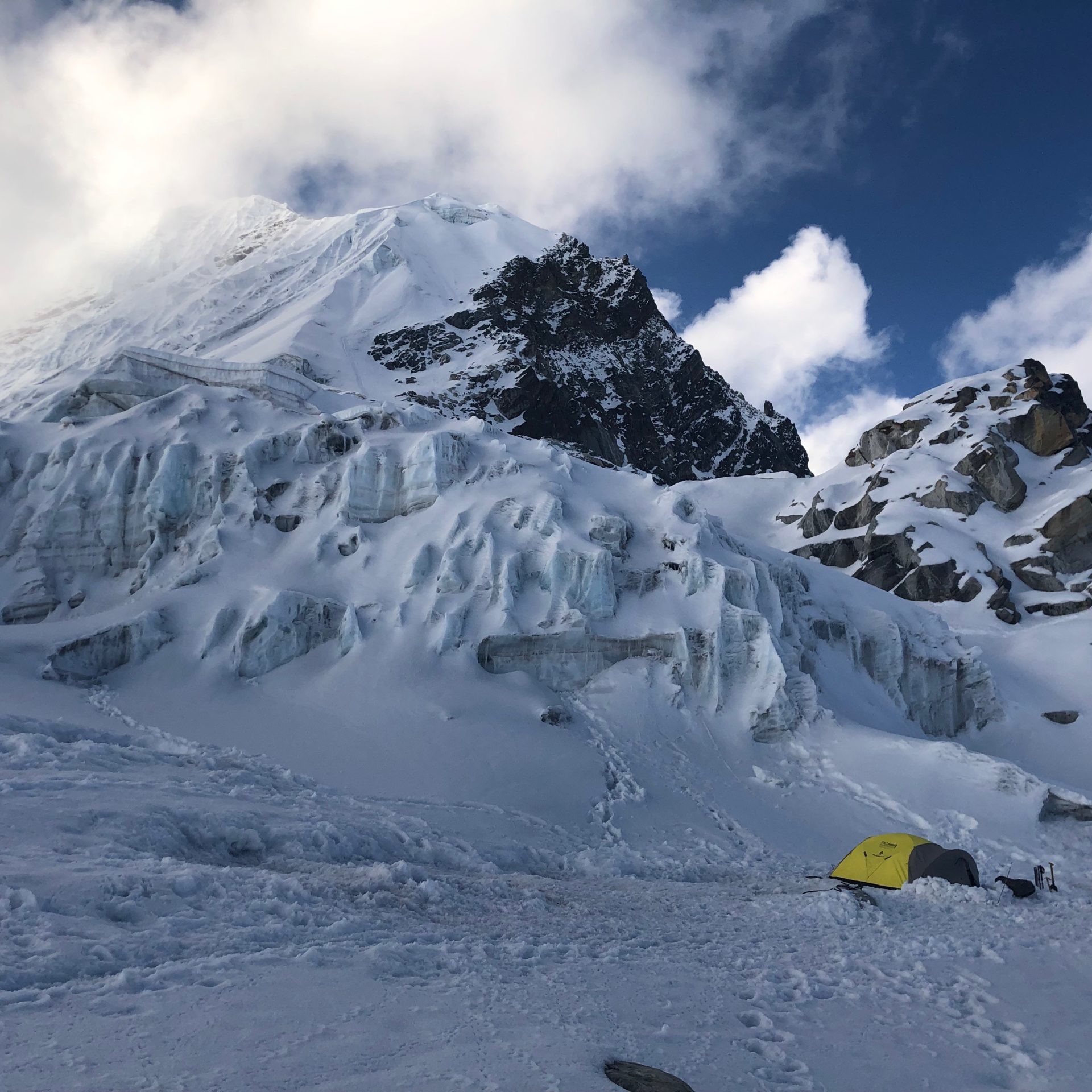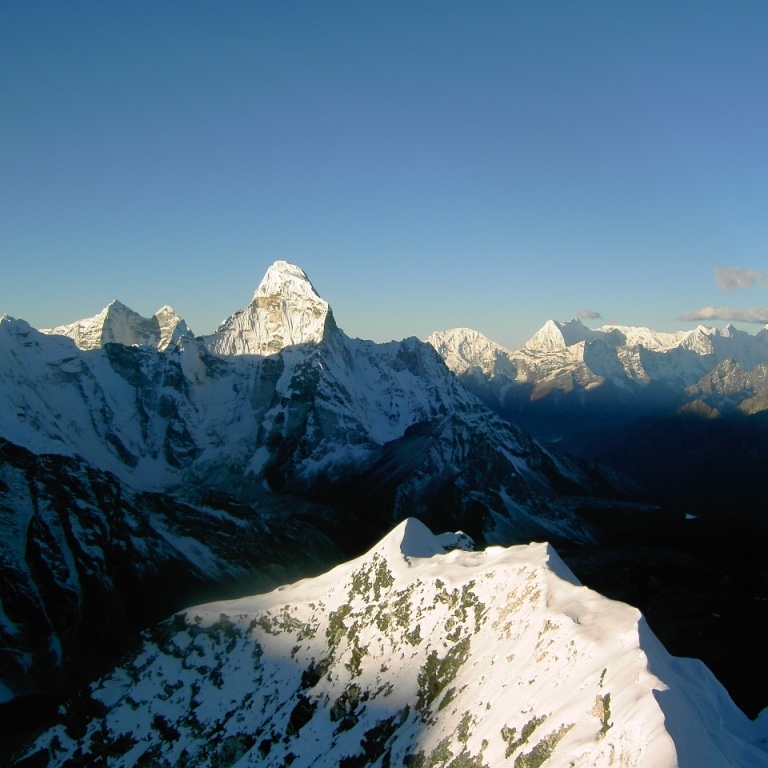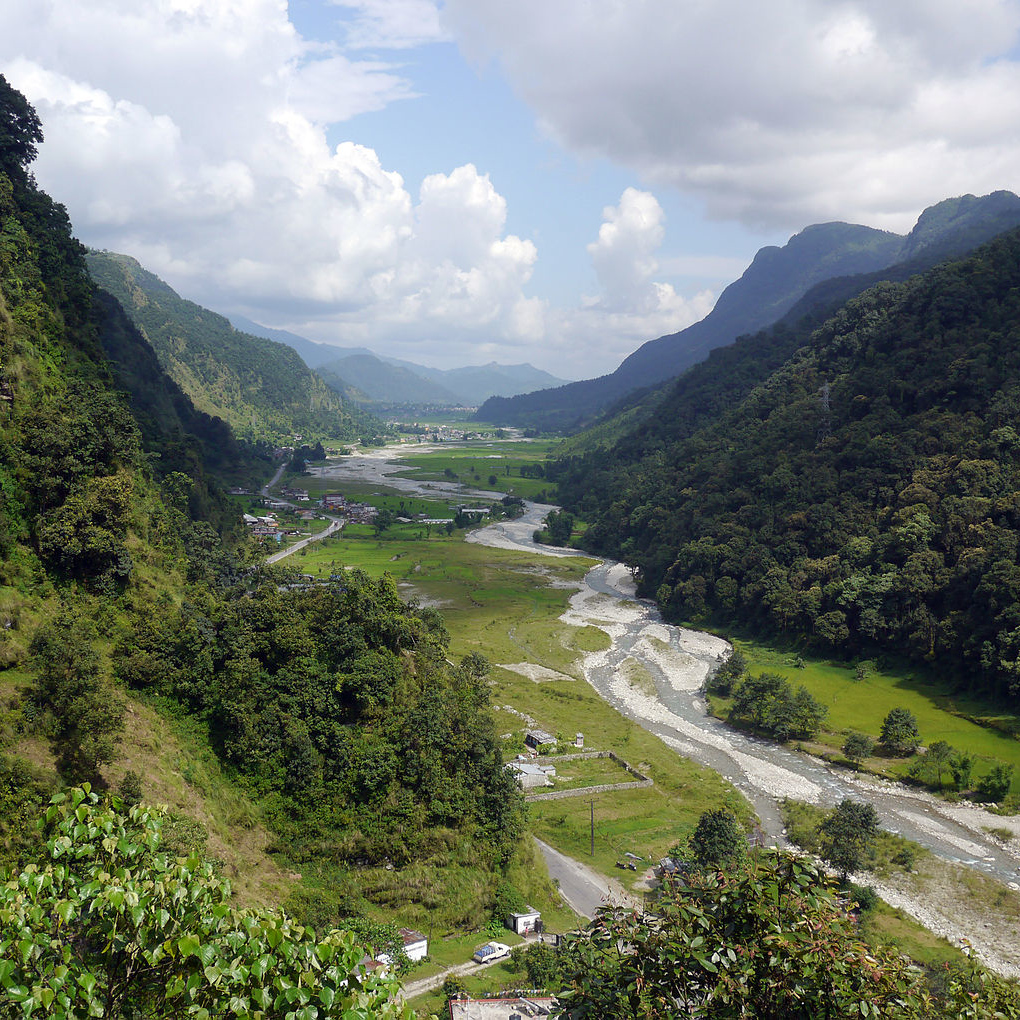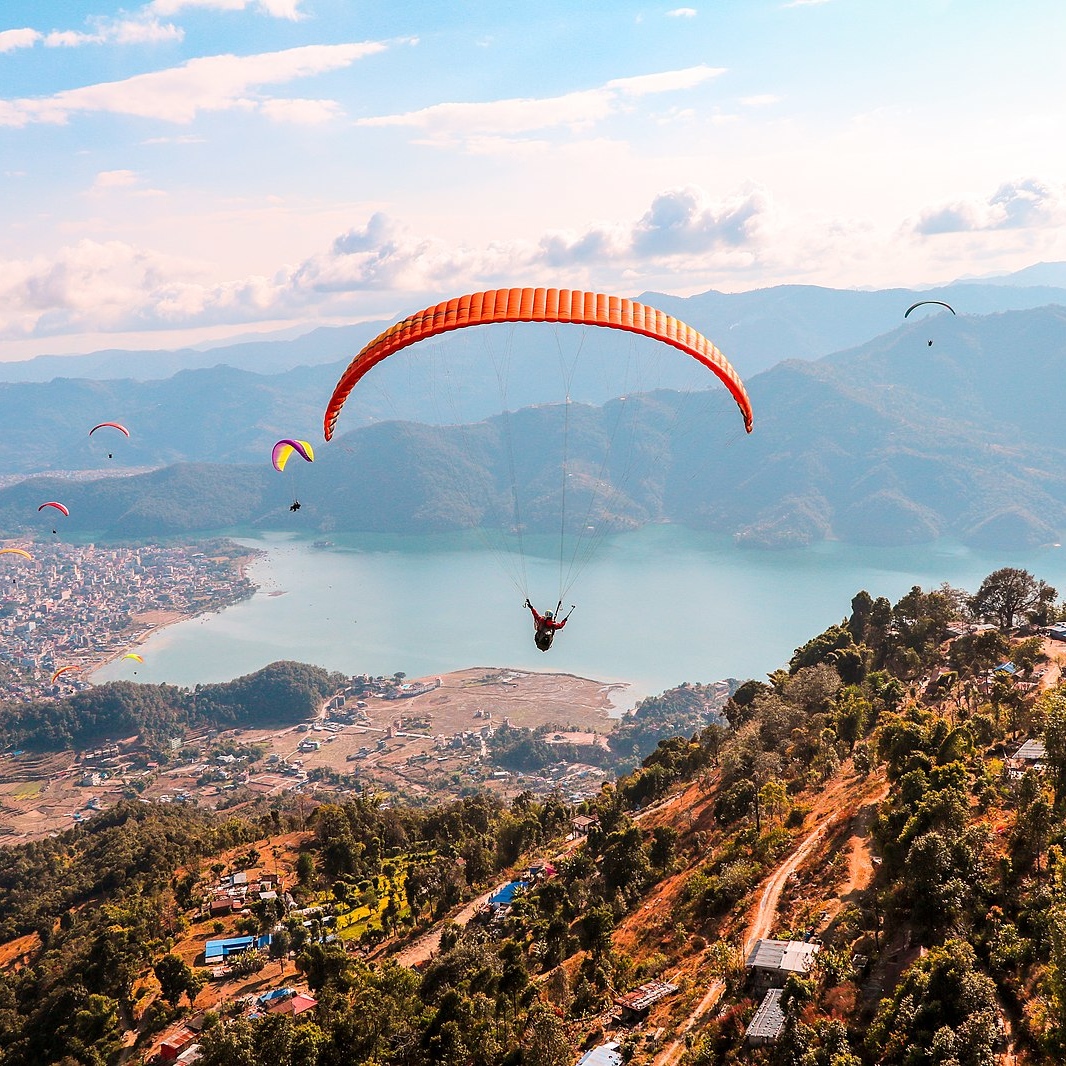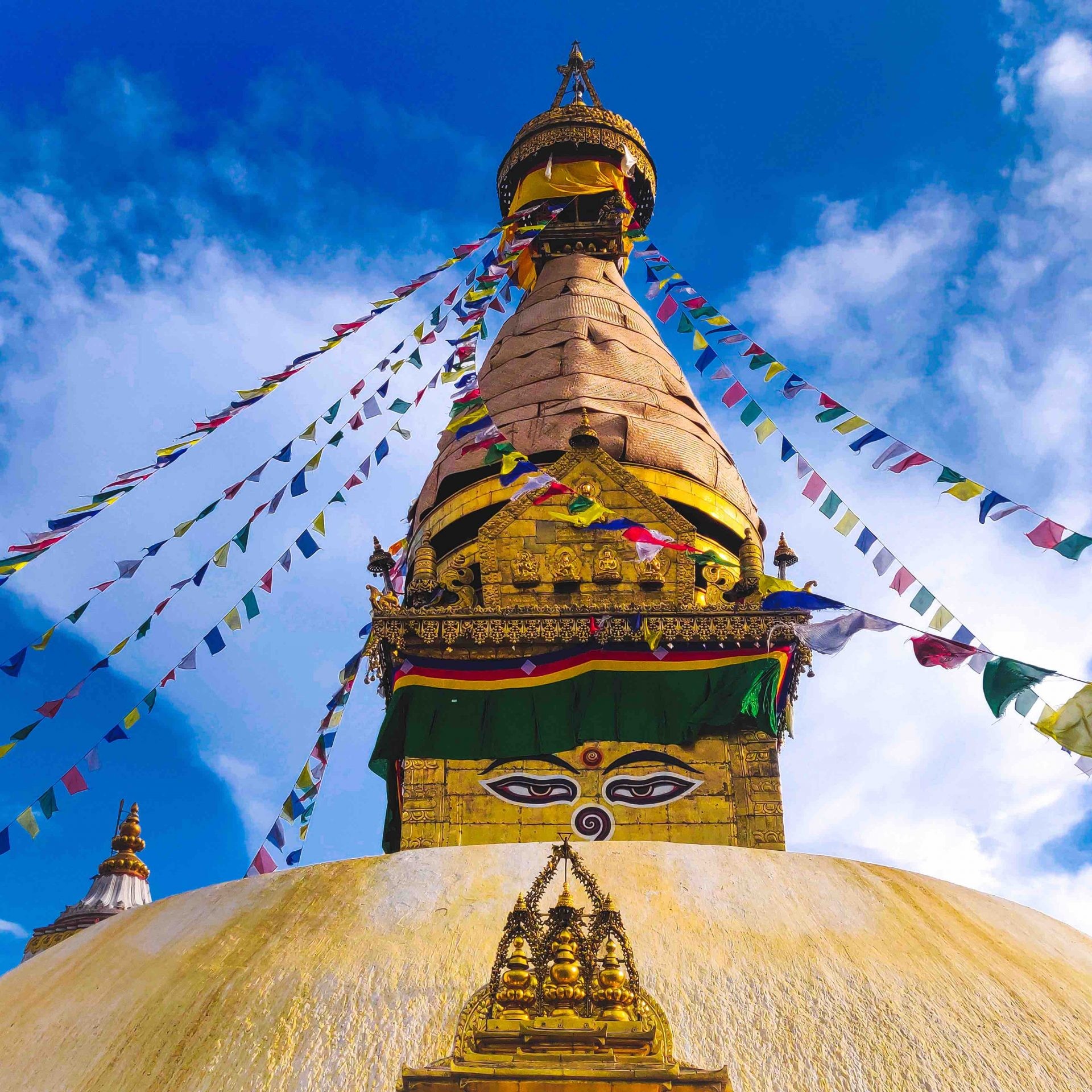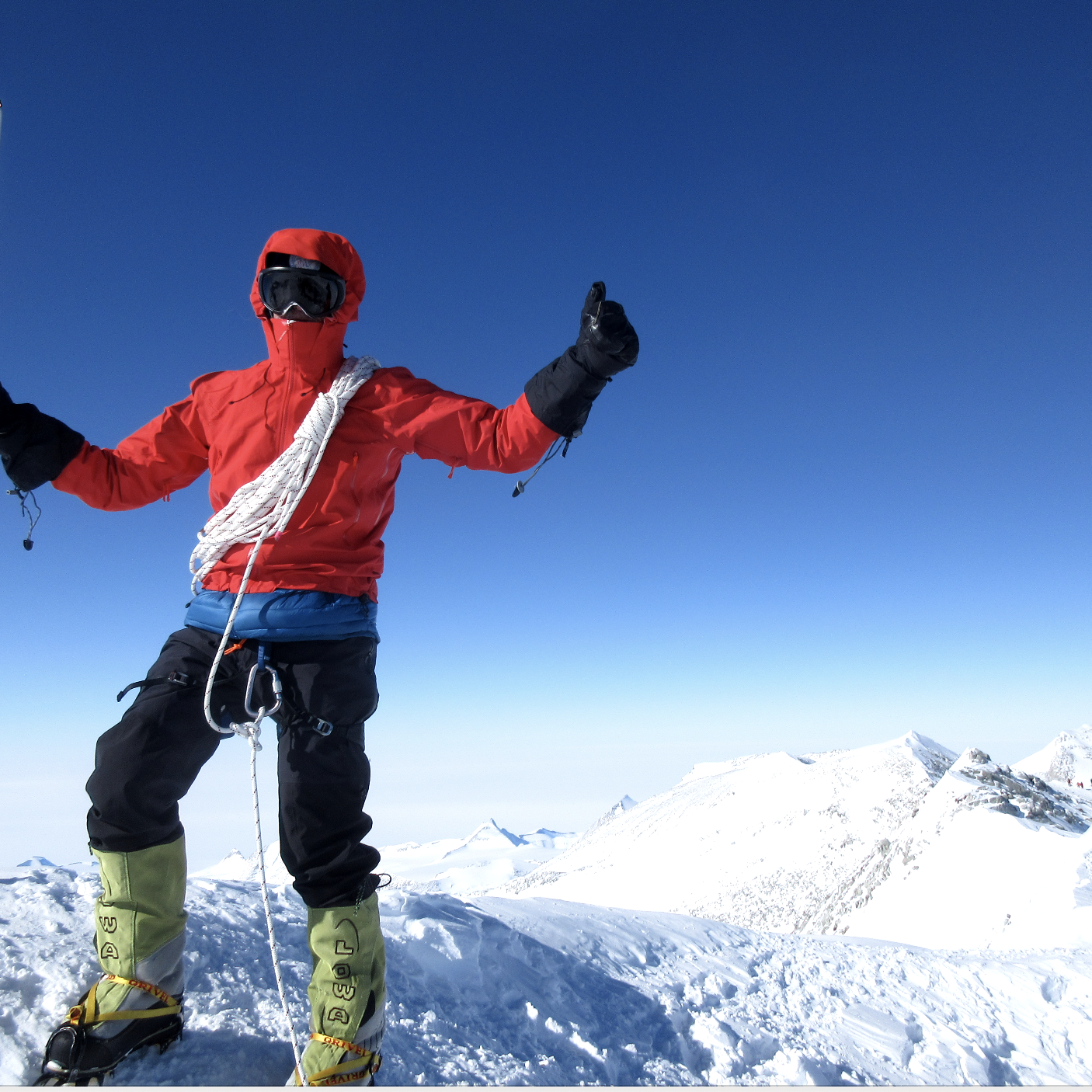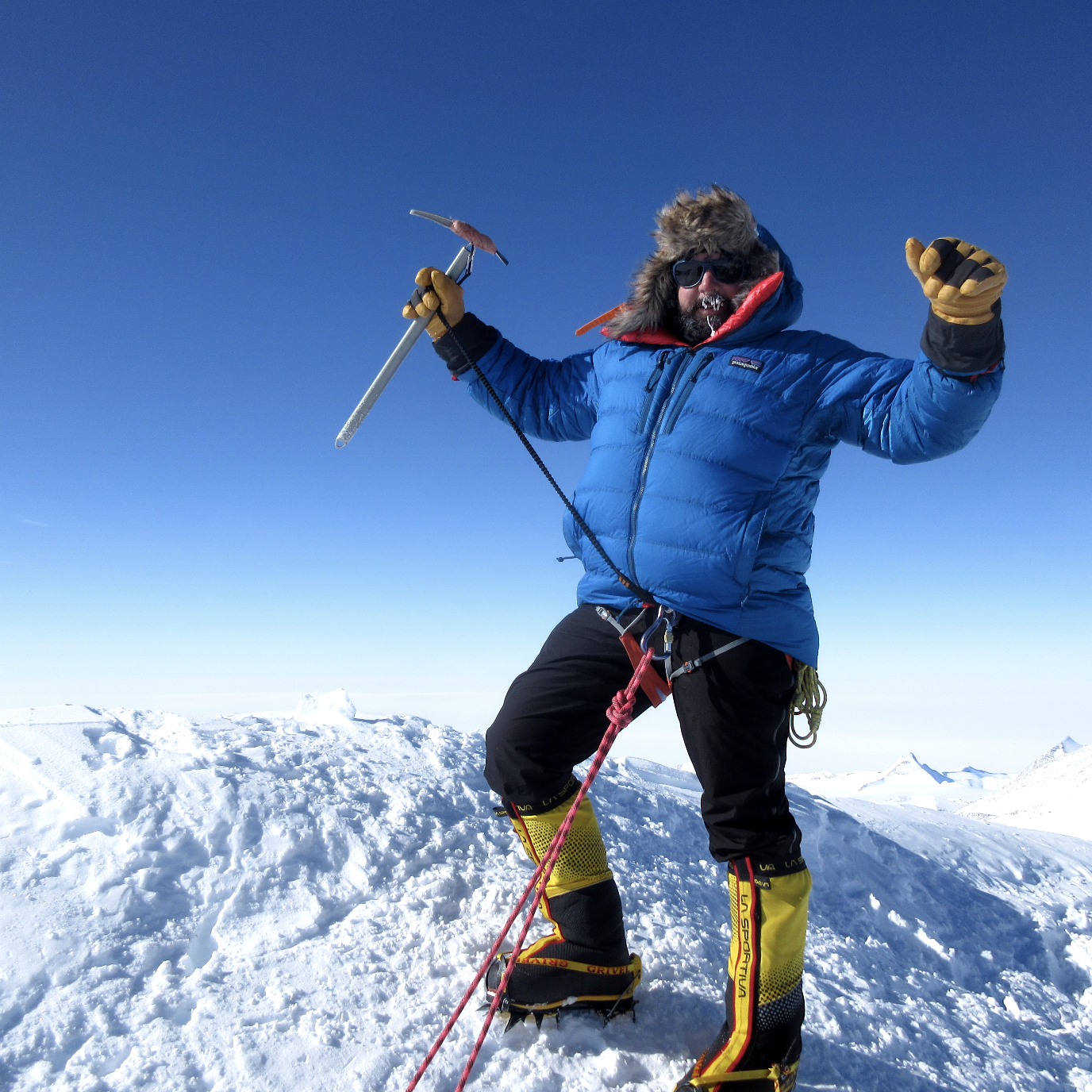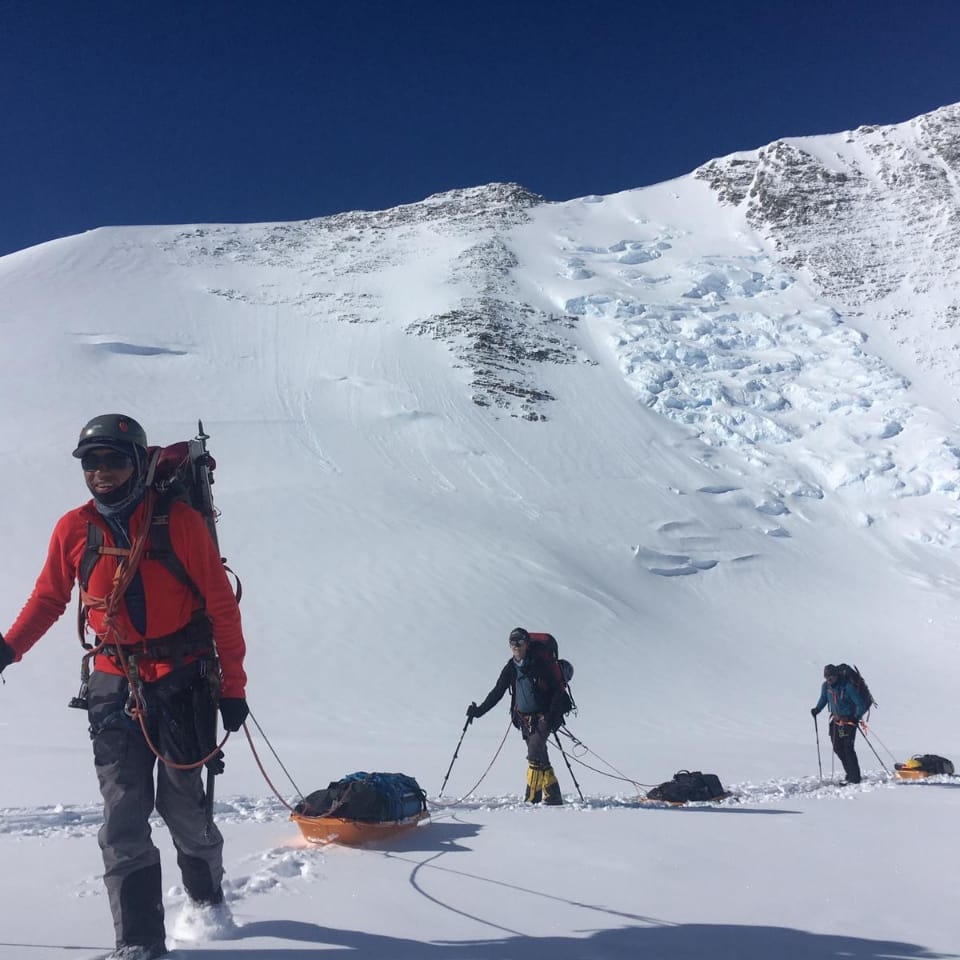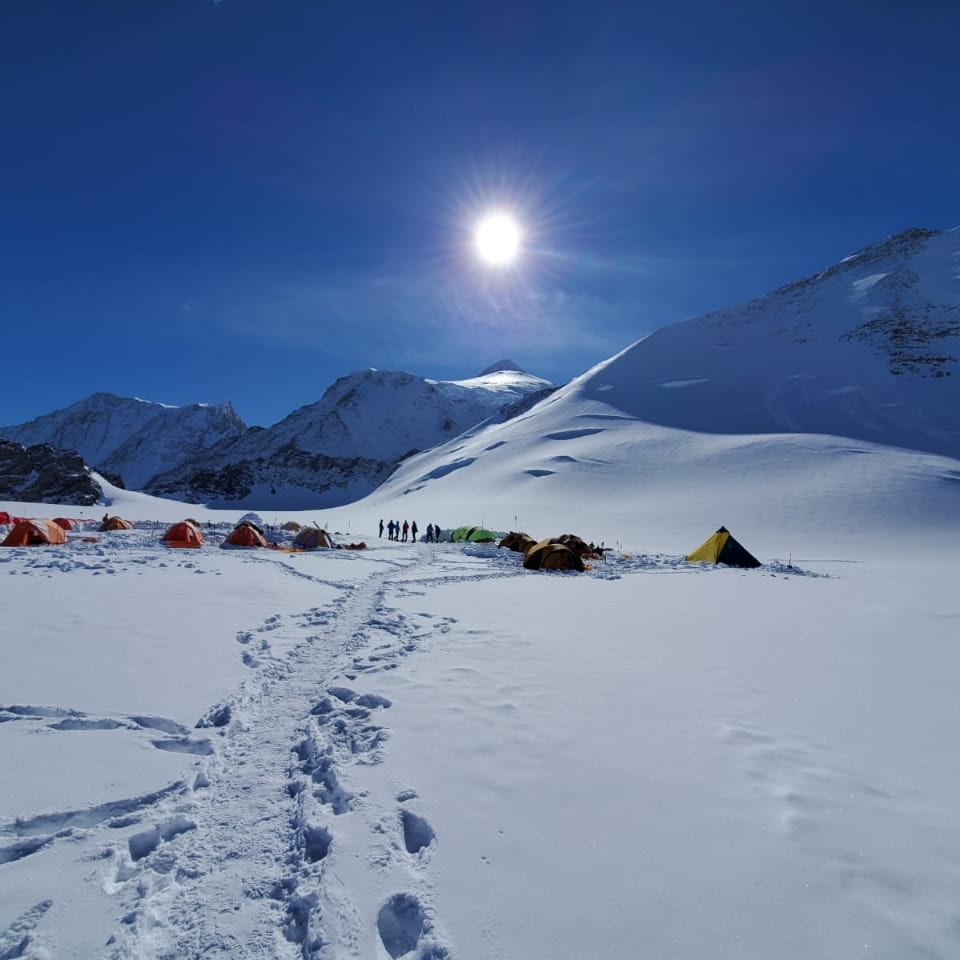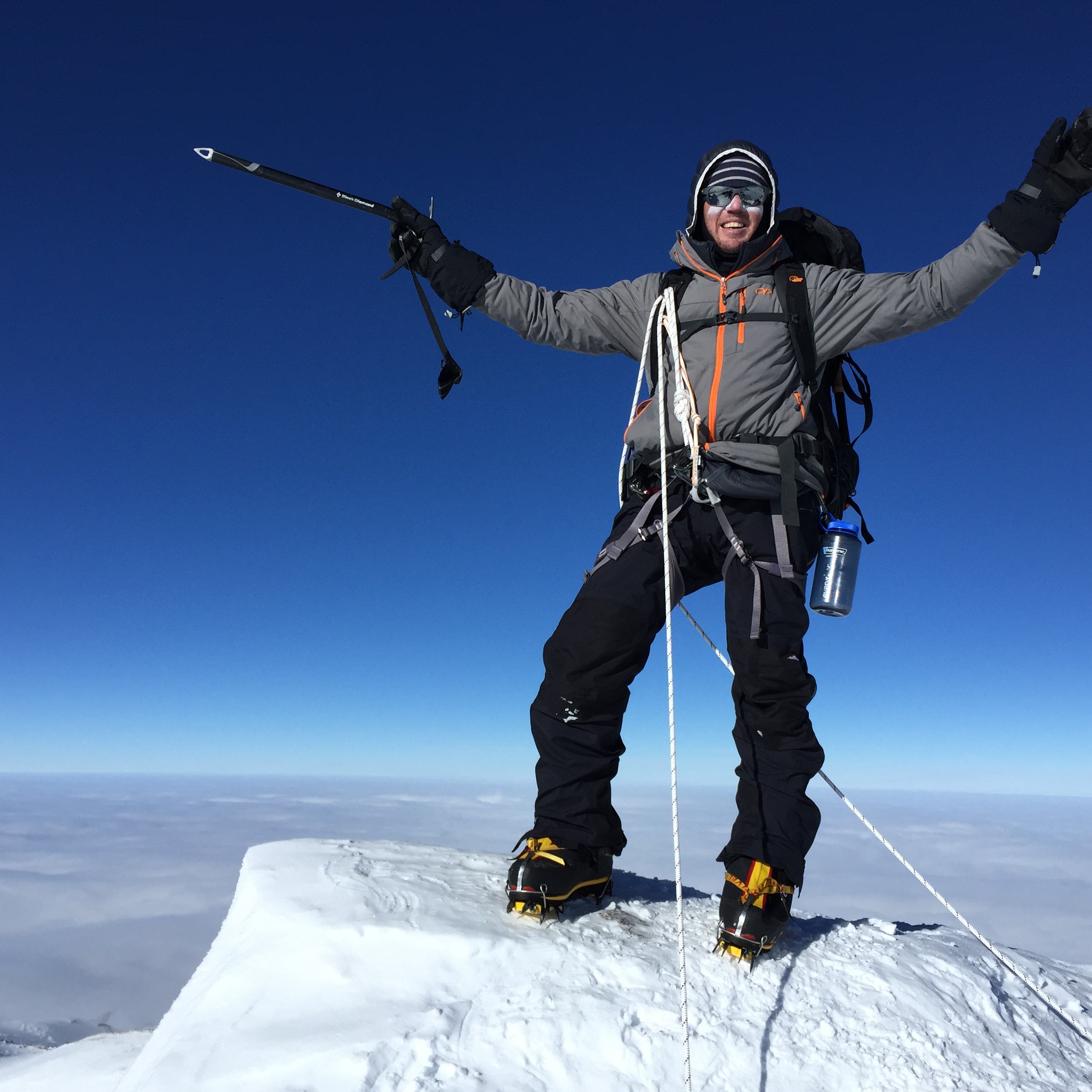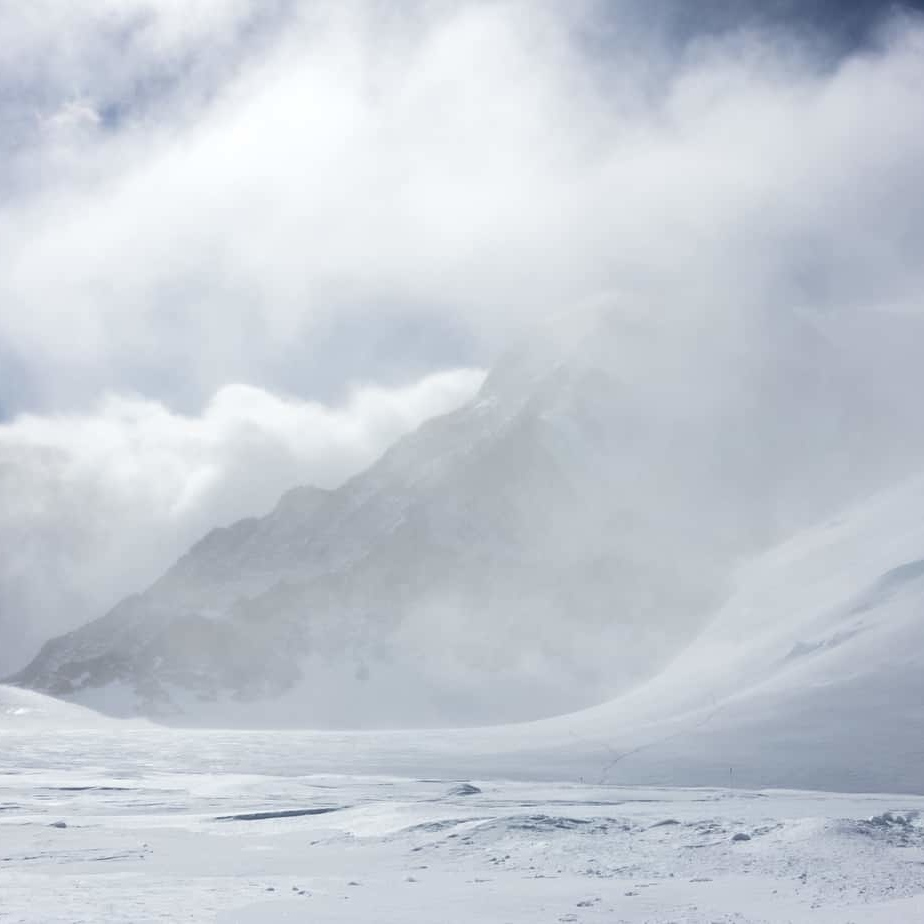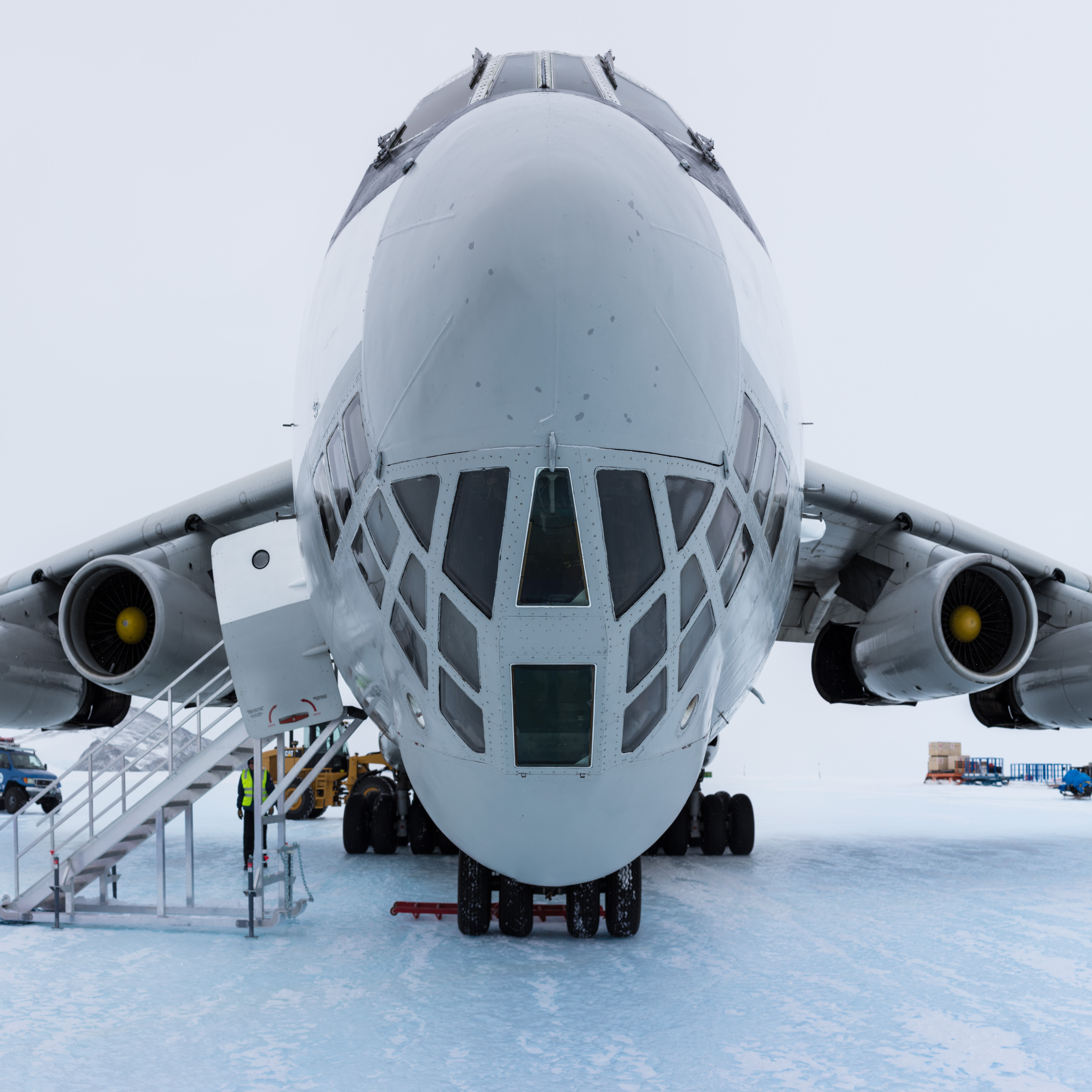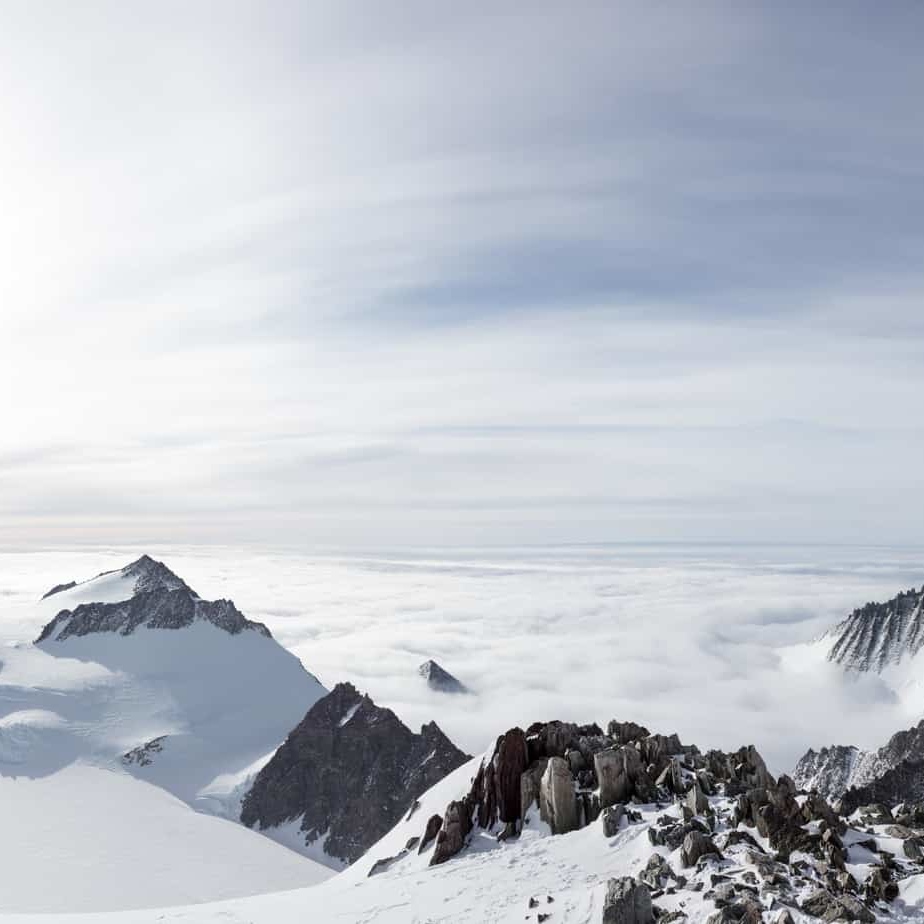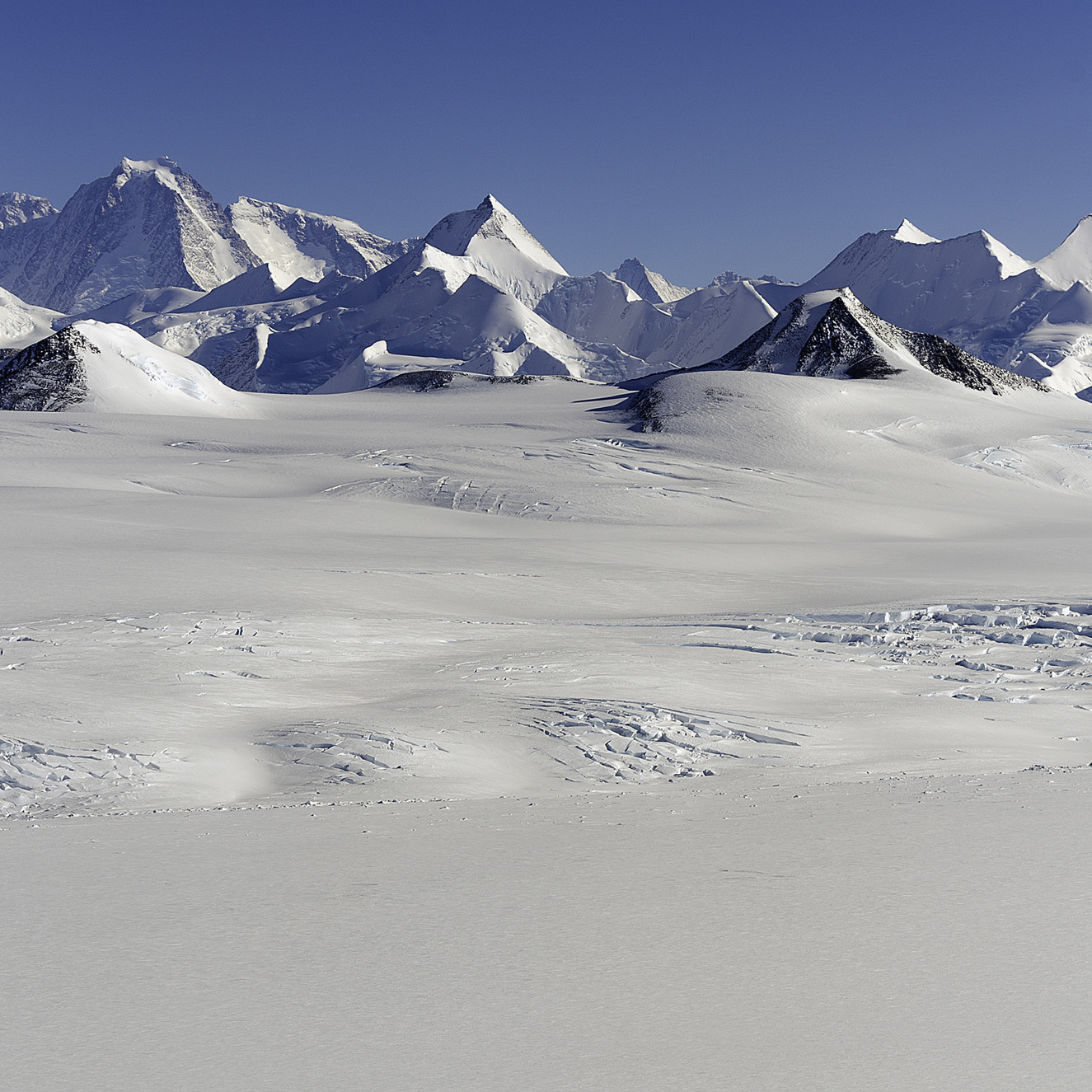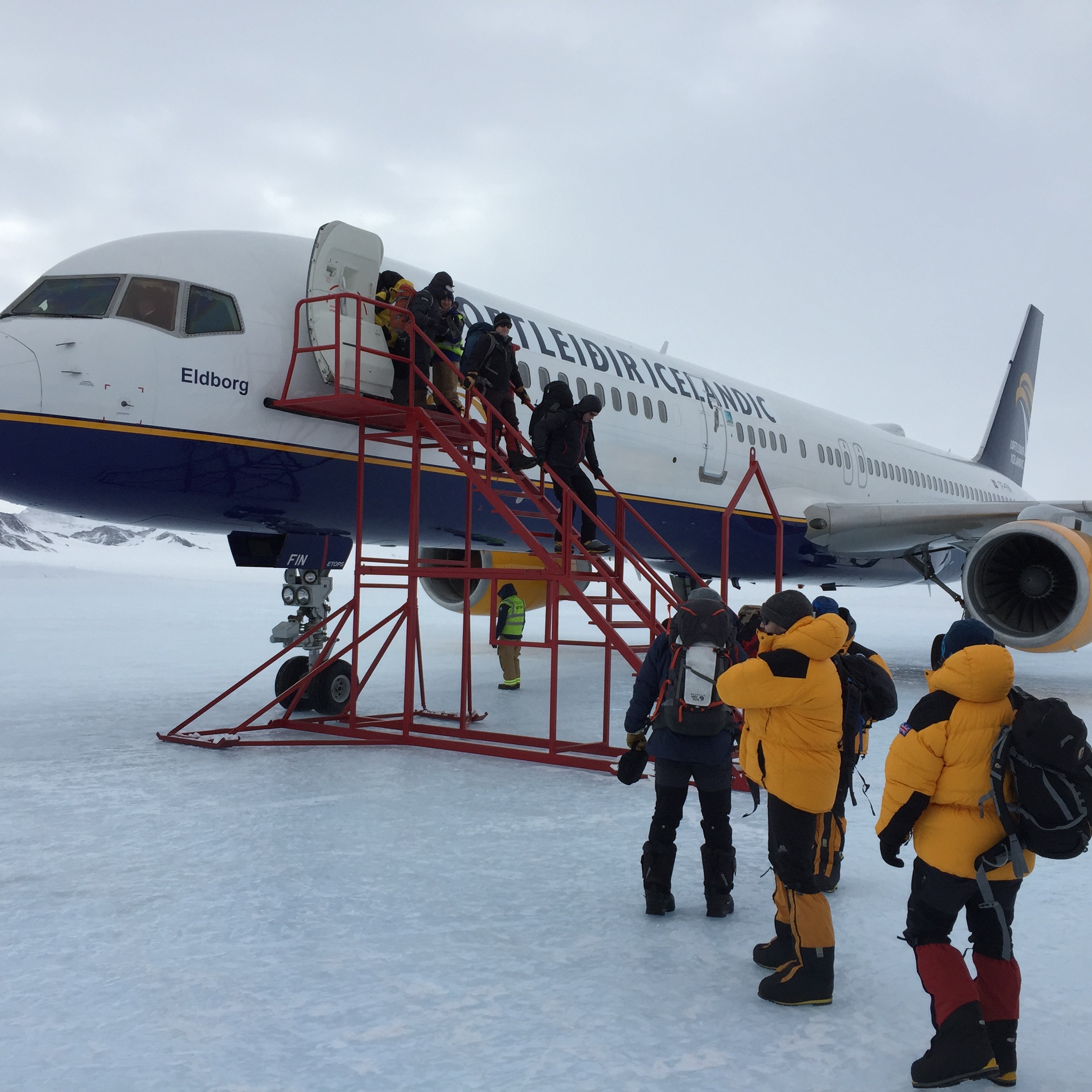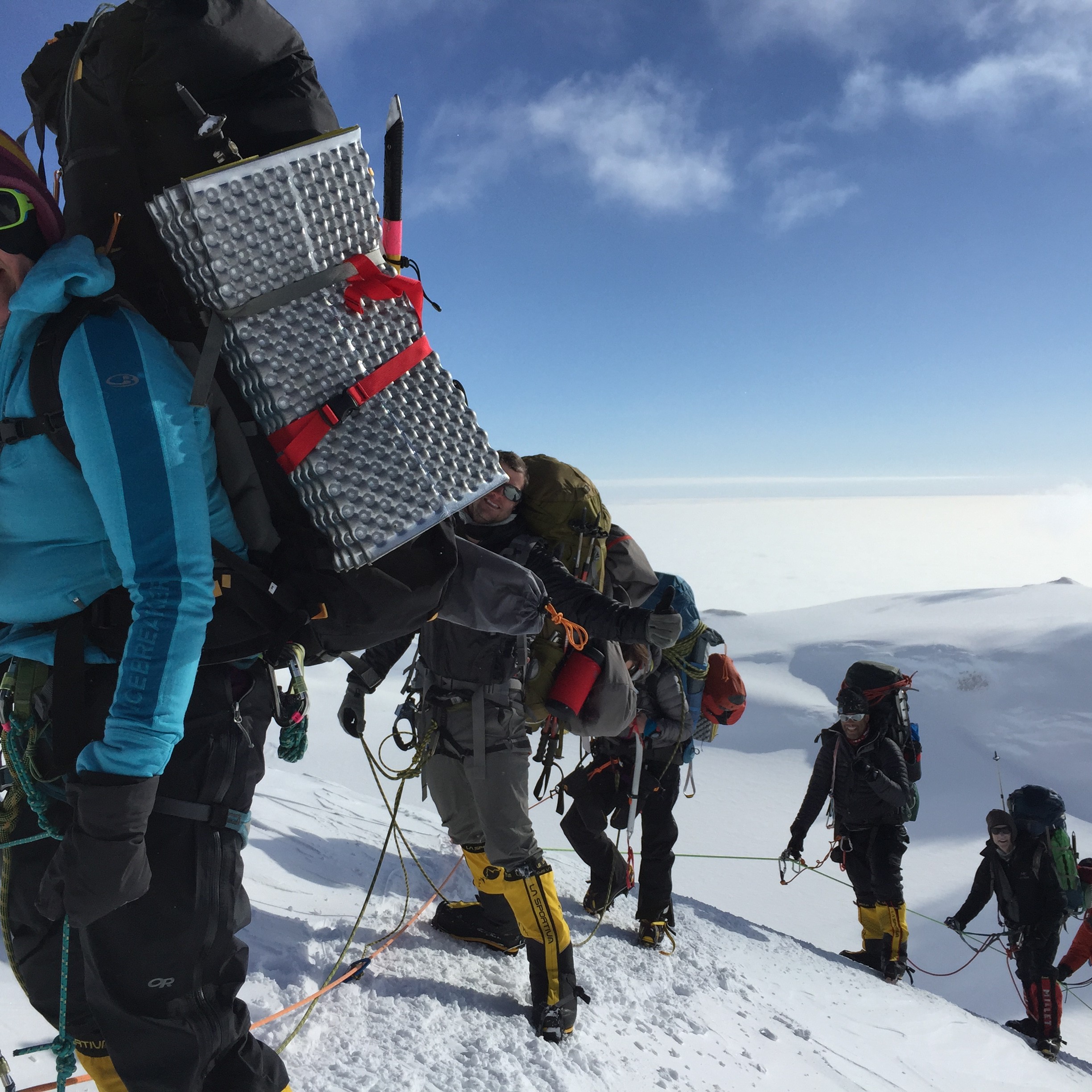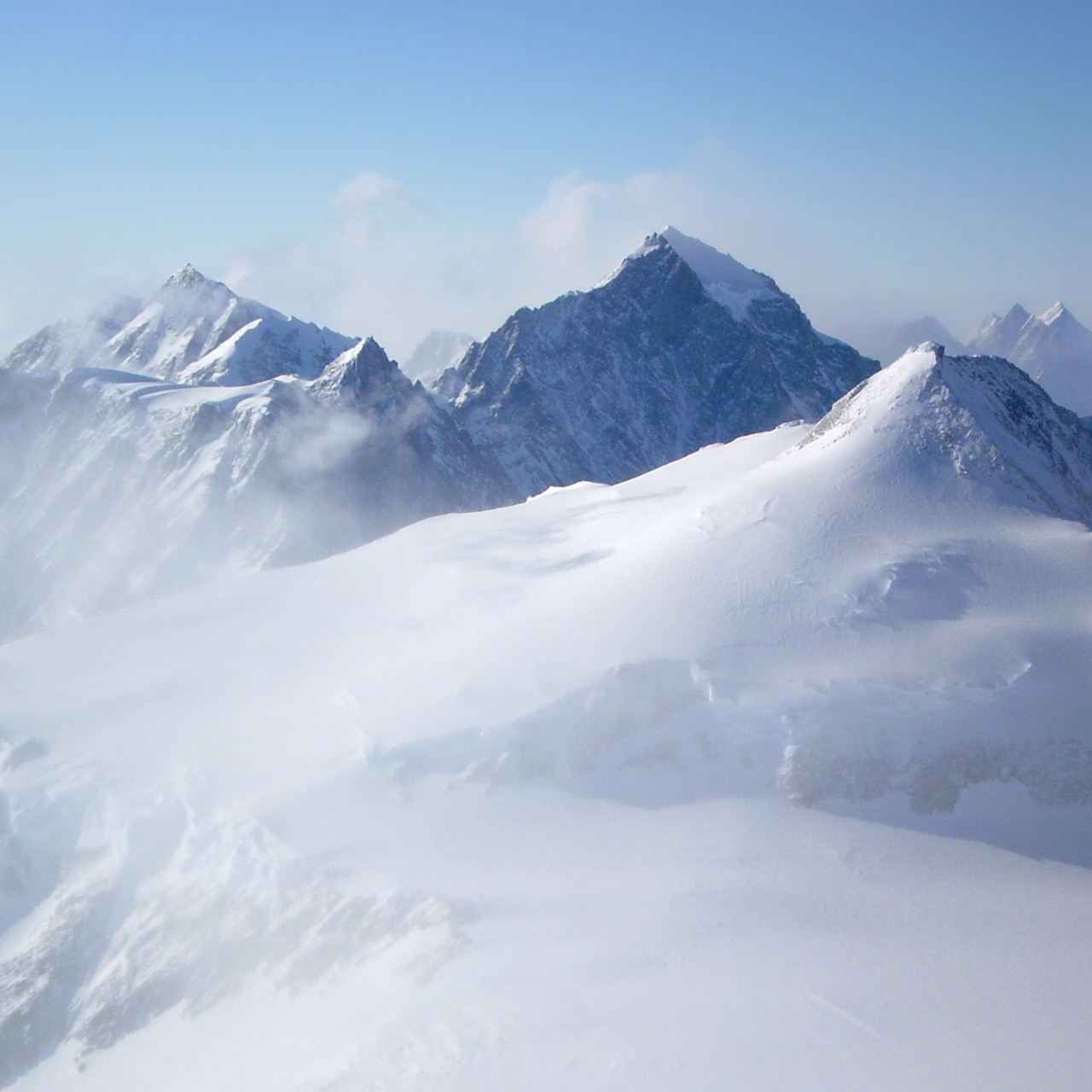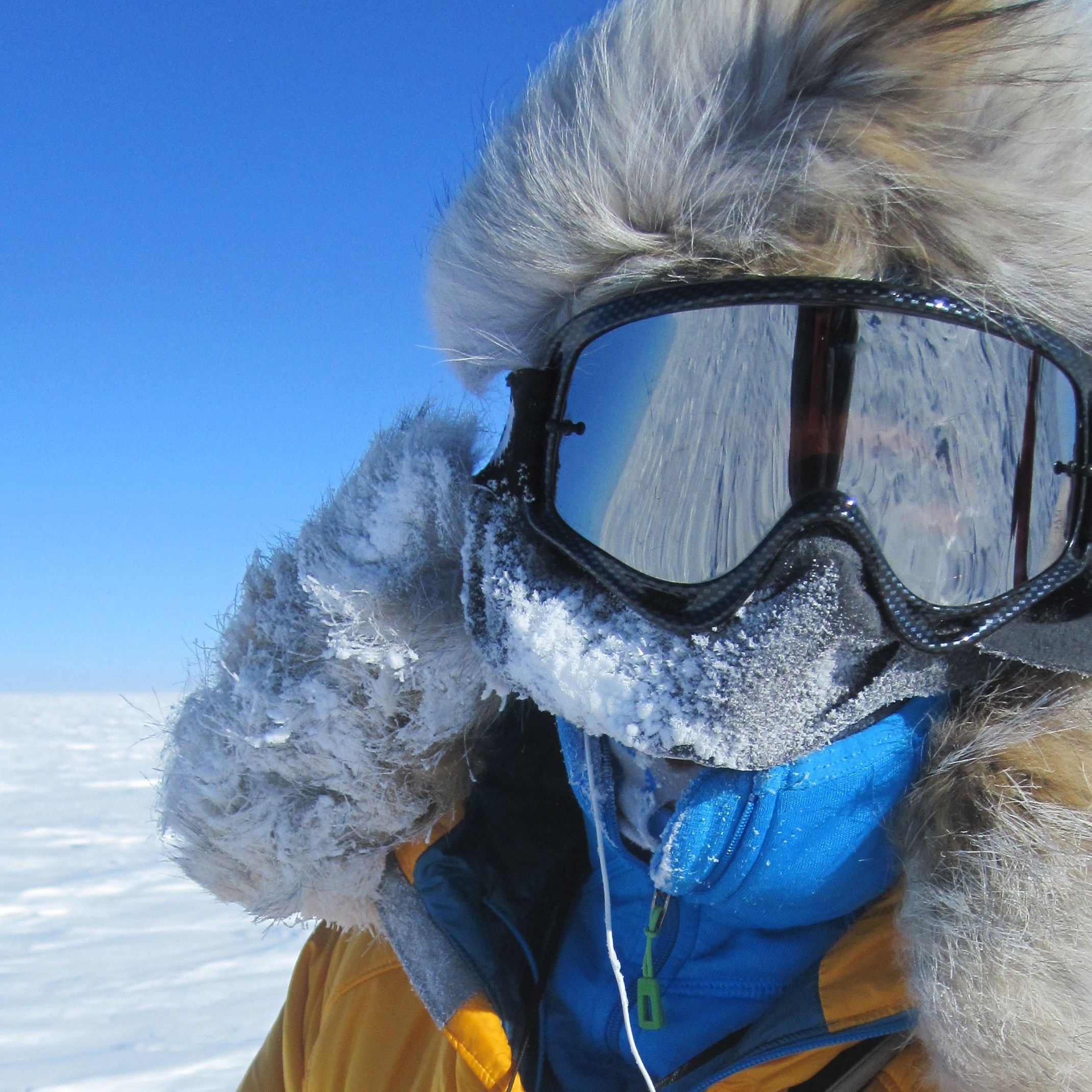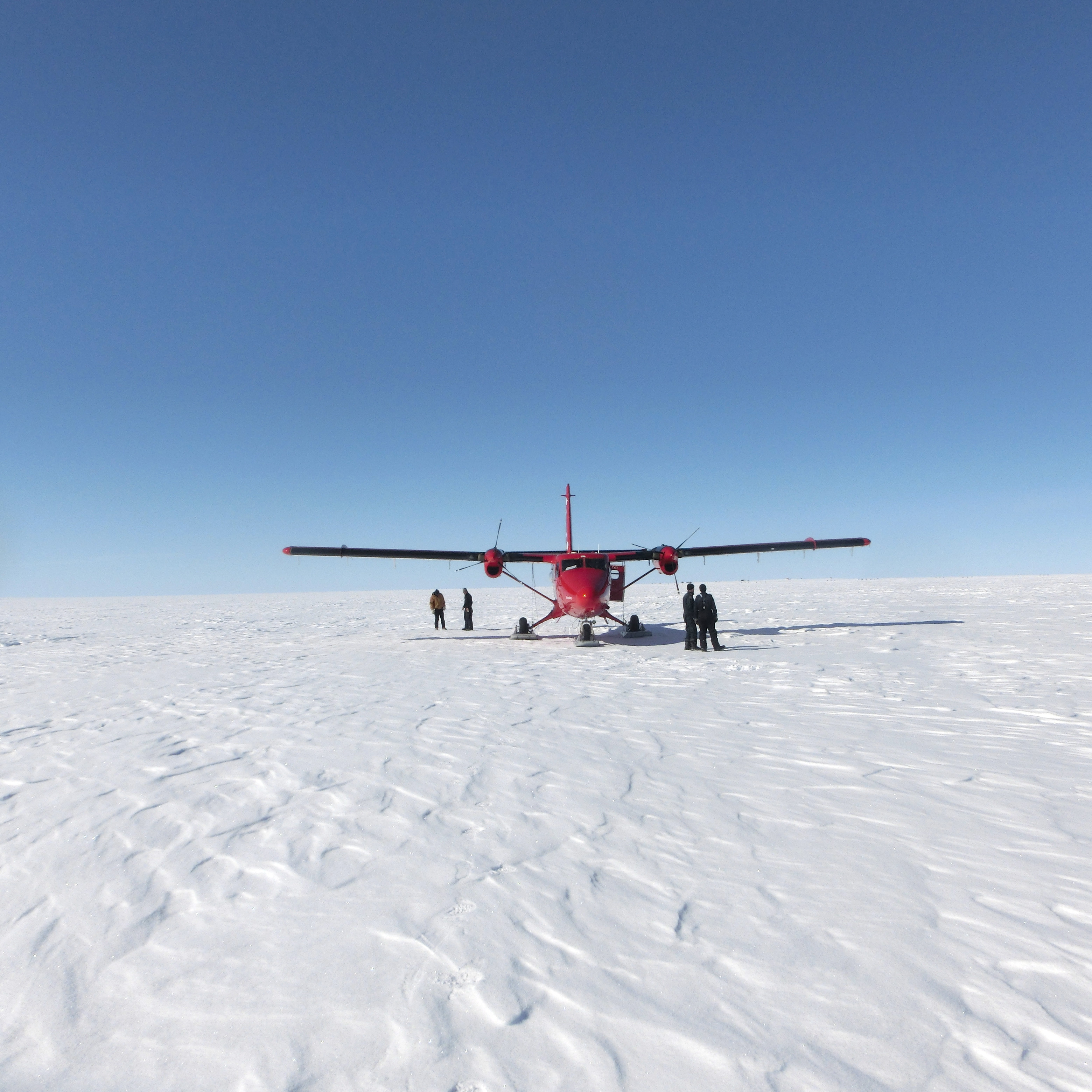NORTH POLE LAST DEGREE SKI | North Pole
Price Range:
$53,500 USD
Duration:
April 13-27 (15 days)
Difficulty:
Intermediate
Share Expedition
The North Pole – the point where all the meridians meet! A ski of the Last Degree is the most elusive component of the revered Explorer’s Grand Slam and adventure travel at its finest.
The North Pole Last Degree Ski Highlights:
- Be a polar explorer by skiing the Last Degree of latitude to the North Pole
- Experience the dynamic shifting polar sea ice and visit Barneo Camp
- Fly above the Arctic in a Russian Antonov cargo plane and MI8 helicopter
- Visit the remote outpost of Longyearbyen
The North Pole and the polar ice cap offer some of the coldest and harshest weather on the planet.
The higher moisture content means it feels colder than Antarctica and poses greater challenges than its southern counterpart. In Antarctica, you ski snow on glacier ice that sits atop terra firma, whereas, at the North Pole, you will traverse floating ice shelves that are constantly in motion on the surface of the sea! (With the very real possibility of encountering an open ocean between stretches of ice en route to the Pole!) There is no certainty of route or conditions, making you a true pioneer and adding to the challenge and excitement of this expedition.
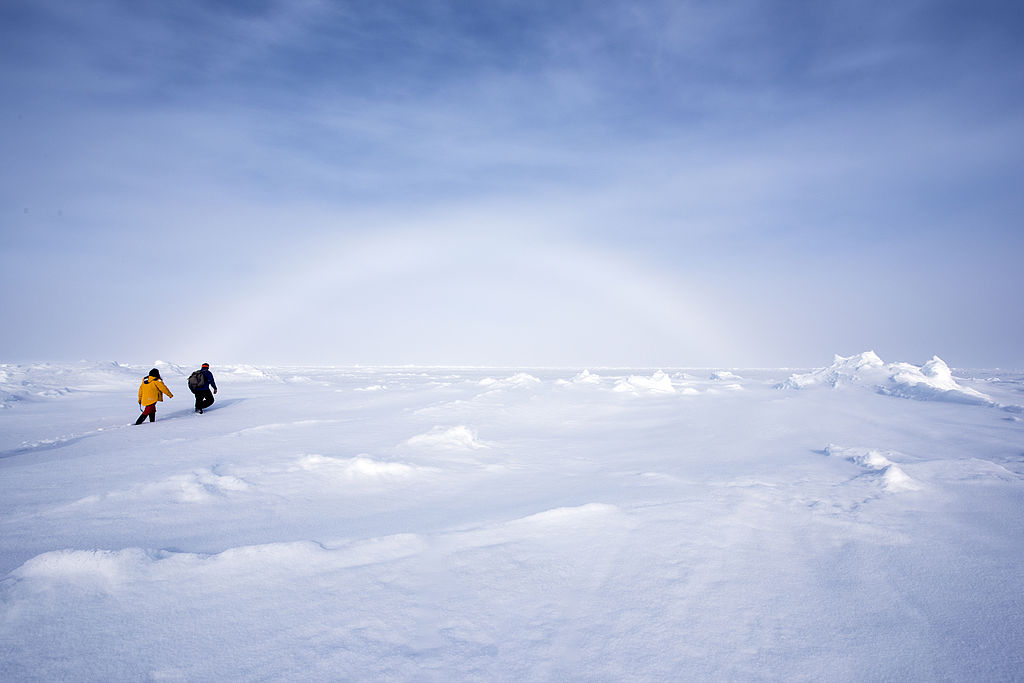
$53,500 USD
April 5- 18, 2024
April 15 -28, 2024
We are delighted to be able to offer the “Last Degree North” ski expedition to our Explorer’s Grand Slam adventurers.
We begin our expedition in Longyearbyen, Spitsbergen, on the island of Svalbard, which is part of Norway at 78 degrees north. The far-northern island acts as our jumping-off point to detach from civilization and head to the distant North ice shelf. To give you an idea, Longyearbyen is as far North as Mt Vinson is South! This town is a very remote outpost that offers some great polar excursions if we get delayed (which is a distinct possibility on a trip of this nature and magnitude) and an ideal place to do gear checks, briefings, and polar training.
We then fly a Russian Antonov to Barneo Camp, a drifting ice camp that is completely set up and dismantled every year.
In contrast to the relatively stable camps in Antarctica, Barneo camp literally floats on the ocean throughout the season. Each year, an appropriate ice flow near the North Pole must be selected – it must be oval-shaped, detached from the surrounding sea ice, and at least 2km long to accommodate a temporary 1,200m ice runway to enable adventurers in and out of this remote environment! – the logistics and complexity are truly mind-boggling! Further to the task, the sea ice remains in constant motion, and no one can tell you exactly ‘where’ Barneo Camp will be tomorrow! One day, you could travel 2 miles to the North, and the next, you could travel 6 miles to the South!
Barneo is integral to all North Pole science, sport, and ski expeditions as the true staging point. It is also home to a team of medical professionals, including a trauma surgeon, weather forecasters, engineers, pilots, mechanics, and communications teams.
From Barneo, we jump on an MI8 helicopter for the flight to 89 degrees North to start our ski.
We spend the next week as a self-sufficient team traversing the sea ice to the North Pole proper. Most of the journey is relatively easy skiing, but you will encounter rough pressure ridges of ice leading to broken and jumbled sections and even open leads of water that need to be circumnavigated.
At the North Pole, we usually spend a night before being picked up in the helicopter and returned first to Barneo Camp and then to Longyearbyen. Back in town, we celebrate your amazing accomplishment as a team before everyone goes their separate ways on their homeward journey.
Many people add a few days to the end of their trip to accommodate contingency days and stay and experience all there is to see and do around town.
Our expedition will be led by world-renowned guide Tim Hewitt. Tim lives and breathes the polar regions, and few people in the world have spent as much time in these hostile environments.
For example, for the past 15 years, Tim has spent 4-5 months every year in Antarctica working as an Operations Manager, Guide, and Logistics coordinator between Union Glacier camp, Mt Vinson, the South Pole, and custom locations, helping the British Antarctic Survey, among others. Tim was last at the North Pole in 2018. Even when he’s not ‘posted to the Poles, ’ he has extensive sea-ice travel experience in Alaska, the state he calls home.
We are honored to have Tim leading this expedition for us and know that his knowledge and leadership will give you the absolute best experience.
Itinerary:
This itinerary is only a rough estimate and will be determined by weather conditions, etc. It must be heavily emphasized that this is true adventure travel where anything could happen. It is not a typical expedition as we are dealing with polar conditions and floating sea ice, which means things rarely go as planned, and this schedule will likely change. Expedition members need to be adaptable and positive.
We always recommend expeditioners arrive in Longyearbyen one day early to avoid travel delays or issues with lost baggage (If you arrive late or your gear has not arrived by the time we depart for Camp Barneo, the plane will not wait for you) and book return flights on completely flexible fares. It is not uncommon to need 7-10 days of contingency planning. CTSS covers three nights at the beginning of the expedition and one night at the end of your expedition in Longyearbyen. Added expenses (hotel/food/sightseeing) of extra days are your responsibility.
Many people like to add a few days either before or after their expedition to explore Svalbard, going dog-sledding, snowmobiling, boat trips, and kayaking further. Please let us know if you would like our assistance in planning extra excursions, early arrivals, or single-rooming options.
- April 13 – Meet in Longyearbyen, Spitsbergen, Svalbard, Norway and transfer to our hotel
- April 14 – Expedition packing and prep
- April 15 – Polar training in Svalbard (day trip)
- April 16 – Fly to Barneo Camp via fixed-wing flight (approximately 2.5hrs) and on to 89 degrees North via helicopter (approximately 40mins)
- April 17 – 23 – Ski to the North Pole, averaging roughly 14kms per day (not including ice drift) This allows us plenty of time to explore the Arctic Ocean
- April 24 – Arrive at the North Pole & camp
- April 25 – Helicopter pickup at North Pole back flight back to Barneo Camp, if time permits we overnight at Barneo camp or potential flight back to Longyearbyen the same day
- April 26 – Flight from Barneo back to Longyearbyen
- April 27 – Fly home
What’s included:
- Specialised Polar Expedition Guide/s
- Longyearbyen Polar training day
- Flight from Longyearbyen to Camp Barneo and back to Longyearbyen on the fixed wing plane
- Helicopter flights on the MI8 to 89 degrees North (starting point of the ski) and return flight from the North Pole back to Barneo Camp
- Use of Barneo Camp facilities
- 40kg of flight luggage (25 Euros/kg for excesses) this includes group gear and food
- Pulk/sled haul system
- Hotels: 4 nights lodging double occupancy in Longyearbyen (3 nights at the start of the expedition and 1 night after). Any additional nights due to delays/contingencies etc will be at your own expense.
- Food & Fuel: All expedition fuel and food (while in the Arctic sea ice) is covered including breakfast, dinner, snacks and hot drinks, and breakfast daily in Longyearbyen.
- All Team Gear: Four season tents, cooking gear, group duffels, stoves, communications and safety equipment.
- Satellite Phone: To update the blog and available to clientele at $3/min
- Celebration dinner in Longyearbyen
Exclusions:
- Flights to and from Lonyearbyen, Norway
- All in town restaurant meals (breakfast is provided) and specialty personal snack food for the expedition (Please note on expedition we have a saying that ‘lunch begins at breakfast and ends at dinner’ and don’t have set ‘lunches’, you will need to bring personal, high energy snack food of your own preference to graze on constantly throughout the day to keep energy levels high. Long lunch stops are unsuitable in polar areas due to the cold.
- Airport transfers to and from the airport in Longyearbyen (we meet at the hotel)
- Personal gear including polar ski gear; skis, boots, poles and bindings.
- Additional activities/excursions while in Longyearbyen (i.e dog sled rides, trips to the glacier, etc)
- Guide tips and other gratuities (customary but optional)
- Costs incurred as a result of events beyond the control of CTSS above and beyond the normal expedition costs (In the event of a rescue, evacuation, or early departure from the group, any rescue expenses incurred or excess expenses above and beyond our normal trip costs including transport, hotels, evacuation, flight changes, and gear shipping are your responsibility)
- Required trip insurance policy (for trip cancellation, interruption, rescue & evacuation, medical treatment, repatriation, etc.)
- Overweight baggage
- Souvenirs & Personal sundries
How heavy will my pack/sled be?
That is a great question. You won’t be carrying a pack but rather pulling your gear in sleds. Pulling sleds is a much more efficient way to move your gear while skiing and makes sure your back doesn’t get wet from sweat. In general, sleds are moderately heavy to quite heavy. You will likely be pulling 35kg – 40kg altogether (with personal and team gear) throughout the ski.
All the group gear is spread equally throughout the team. Like on all of our expeditions, there is a strict Leave No Trace policy, so it is best to bring only what you need and prepare your body in training to carry and haul weight.
Will I be sharing a tent?
Yes, we will share tents throughout the expedition. This is due to the extreme cold, where sharing tents keeps everyone warmer and safer. It also reduces the weight of carrying extra, unnecessary tents when sled weights are already significant. If this is a concern for a valid reason don’t hesitate to contact us to discuss. On expedition, you will be responsible for setting up and breaking down your tent.
How cold will it be?
Very! Most of the time, temperatures are well below freezing. Night time temps can be -40 degrees Celsius and even colder depending on the wind and how direct the sun is.
Please be prepared for extreme cold. Cold management and hypervigilance are critical to avoid frostbite. Listen to your guide’s advice and speak up immediately if you are feeling cold or numb.
Why do we go in April?
April is the ideal time to do a North Pole Ski because the ice is at its thickest, but we also have the daylight and warmth to operate. By May, the ice begins to melt and break up because the sun is in the sky for 24 hours a day. Usually, the final passenger flight arrives to pick up the last travelers and researchers from Bareno Camp at the end of April, after which the camp is dismantled and flown back to Longyearbyen, where it is stored until the next year. A new camp will be built the following Spring.
What is the food like on the expedition?
In general our food on and off expedition is excellent. There are many good restaurants in Longyearbyen that we will check out. At Barneo Camp, the food that the chefs prepare is hearty and fresh. On expedition, we will have a mixture of very high-quality freeze-dried and fresh meals to balance out caloric intake (you need about 5,500 calories a day!!) and weight limitations, along with hot drinks, soup, hot chocolate, etc. If you have dietary requirements, please let us know well ahead of departure so that we can accommodate you.
We also ask that guests bring along some of their favorite high-calorie snacks, as many people are surprised to find they lose appetite working hard and need things they know will tempt them even when they don’t feel like eating (approx. 5kgs). We advise things like chocolate, cheese sticks, jerky, salami, nut butter, gu gel, etc. Make sure you pack plenty of goodies you are familiar with.
How long do we ski every day?
Usually, we ski for about 6 – 8 hours per day with regular short breaks to keep our calorie intake up. Our distance/hours depend on the conditions we face, from pressure ridges to open leads of water, ice drift, etc.
What if I’m not a skier?
You don’t need to be an experienced skier to enjoy this expedition. In fact, some of our past expedition members have never been on skis before, which is why we train in Longyearbyen before heading out. In tricky sections, like pressure ridges, we’ll remove our skis and climb over.
What are the greatest dangers?
By far, the greatest danger on an Arctic ski expedition is cold and frostbite. We can’t emphasize the need to be on top of your ‘cold management strategies’ enough. It is vital to listen to your guide at all times, communicate openly if you are feeling cold or numb, and, of course, be well-equipped and not take shortcuts with your gear.
We will also need to navigate open water leads, thin ice, and the very slim possibility of polar bears. Polar Bears normally live in coastal regions where they find their prey and are unlikely to be at our latitude. For safety reasons, your guide will still carry a firearm with the team.
How do we know when we’ve reached the North Pole?
Thankfully, we have the advantage of modern technology, and we’ll be watching the GPS to know when we’ve hit the magic 90 degrees North!
When do I need to be in Longyearbyen?
You need to be in Longyearbyen on the start day outlined in the itinerary (2 days before we fly to Barneo Camp), but we suggest playing it safe and getting to town 3 days in advance in case of any baggage or flight delays as the flight services to Barneo Camp won’t wait for anyone. The extra night in town associated with arriving early would be your own expense, but we can easily book the hotel for you and help you arrange any early arrivals. It is better to be there early than to arrive late and risk missing the flight or not having your gear in time.
I’ve heard about big travel delays and weather holds.
Travel in the Arctic is like no where else. Coupling unique weather patterns, remoteness, and sea ice conditions means that delays, weather holds, and contingencies are the norm and not the exception. You need to be comfortable with this. (There is even the slim possibility the expedition may not be able to run at all!) Our flight operator is the best in the business and well-versed in Arctic travel, but safety is everyone’s first priority, so they will not fly in marginal conditions, poor visibility, or unfavorable sea ice conditions and will wait for clearer windows to fly.
There are plenty of contingencies in place for delays, with cached resources, food, fuel, and medical supplies in the event of lengthy delays. We ask that you be aware that delays are part of an Arctic adventure. Please notify family and friends that in the event of a delay, this is not a situation to be concerned about, and their first point of contact is us.
As the saying goes, it’s better to be on the ground wishing you were in the sky rather than in the sky wishing you were on the ground. Your safety is more important to us all than scheduling.
When should I book my return flight?
Most people book flexible round-trip flights up front and set their return date back a week or more in case they get delayed. If you are on time, it is usually easier to move flights home up vs. missing them and trying to delay them. There is usually plenty of availability on flights from Longyearbyen, and it’s relatively easy to get on a flight.
If you are early back to Longyearbyen and don’t want to move your flight up, Svalbard is an incredible destination to explore and worth doing so while you are in the region.
For booking travel, we highly recommend using our travel agent. We have been working with them for years and they understand the nuances of expedition travel and our logistics really well. They also help monitor the situation on the ice closely and are able to liaise with the airlines on our behalf when we might still be out of touch in the field. They are usually excellent at finding affordable fares. We are happy to introduce you if you would like assistance booking your flights.
Do I need to purchase insurance?
Yes. Trip delay, interruption, cancellation, rescue, repatriation, and medical insurance are mandatory for this program for your own benefit.
We have seen too many times when people need to cancel their trips either before or during the expedition for reasons such as injury, health, family, and business matters.
With such an expensive trip and so much at stake and highly variable adventure travel conditions, you must be prepared for and expect contingencies, and it’s important to have a good insurance policy on your side.
What happens if there is an emergency?
In an emergency your guide will be able to contact Barneo Camp very quickly and summon a helicopter evacuation. A medical team is also stationed at Barneo. The nearest hospital is at Longyearbyen.
How can my family and friends reach me?
The Arctic is very remote and the only means of communication is via satellite phone or device.
Our expeditions are equipped with satellite phones, but we are conservative in their usage to conserve battery supply (we usually have plenty of batteries and solar panels to recharge, but due to the nature of the expedition, it is important to have an extra backup in the case of an emergency) In an emergency we can easily and quickly contact Barneo Camp and the outside world.
We make the satellite phone available to expedition members to call home at an extra charge sporadically.
If your family needs to reach you urgently, please ask them to use the contact numbers we provide in your pre-trip departure information and encourage them to contact the office first. They can also reach out to us through our info[at]climbingthesevensummits.com email and the office will be able to contact your guide in the field and arrange a phone call.
Your CTSS Guide will contact our team almost daily with updates that are published on our blog. The blog is a great news source for family and friends wanting to follow on. Please also advise your loved ones that ‘no news is good news’ and manage their expectations that they won’t necessarily hear updates every day or be able to contact you as easily as on other expeditions.
You are also welcome to bring your own satellite communications device, like a Garmin inReach, which you can use to text family and friends. However, be aware of the weight and ability to recharge your device.
How to Choose the Right North Pole Trip:
Since we come from a mountain climbing background where safety and logistics in difficult remote places are paramount, we are able to use the same frameworks, efficiencies, and systems that we use in the mountains to redefine the Arctic experience. You will find a very comprehensive level of service, which can be quite different from the traditional polar approach to guiding. For instance, we invest extra time before flying onto the sea ice, going through your gear, and running a practice ski to make sure you are familiar and comfortable.
It also goes without saying that CTSS invests in the best gear and leadership to offer you the best experience and so that you can live well and focus on your objective. We believe that well-fed, well-rested, and well-looked after clients are strong and successful clients.
Didn't find an answer to your question? Don't hesitate to ask us.
A Snapshot of CTSS & Mike Hamill's Success
Expeditions under Mike Hamill’s guidance have maintained a 91% expedition success rate overall, with an 80% client success rate on all expeditions. Mike has led well over 120 expeditions and thousands of clients over 20 years on all seven continents. Well over 150 climbers have stood on top of 8000m peaks under Mike’s direct guidance. Here are some of Mike’s stats:
At CTSS, we believe your expedition starts long before you reach the mountain.
That’s why we provide every climber with holistic, personalized pre-expedition support, no matter the objective.
When you join a CTSS expedition, you become part of the family. You’ll be paired with a dedicated Expedition Manager and backed by our full team of experts, with guidance on everything from personalized strategy and progression planning to gear selection, training, travel logistics, and insider tips to help you get the most out of your climbing journey.
We’re here to make sure you show up prepared, confident, and ready to thrive on the mountain and beyond.
6x Reasons to Choose CTSS
Safety
Your safety and success are our top priorities, in that order. We make conservative decisions, plan redundancies, and all our guides have wilderness medical training, safety and rescue plans, and access to doctors around the clock to help keep you safe.
Value for $
We keep our overheads low to pass savings on to you. We are proud to offer the best service at the most competitive price, without compromising on safety or taking shortcuts in logistics, staffing, or infrastructure.
Holistic Approach
Our service goes far beyond the mountain. Think of us as your climbing coach; we'll be there from start to finish to prepare, debrief, and plan your progression as a mountaineer, whether your goal is a single summit or the Seven Summits.
Guides & Team
Guides can make or break your climb. We hand-pick the most qualified, tenured, tested, and personable guides and Sherpas in the world. Owner and mountaineer Mike Hamill personally oversees the logistics and management of each expedition.
Our Values
We care about you, our people, and the planet. A portion of every expedition goes to the Tiger of the Snows Fund, supporting outdoor tourism workers and their families. We follow strict Leave No Trace principles and live by our No D*ckheads Policy, because who you climb with matters.
Success
We have an unparalleled summit success rate. How? We do it in a myriad of ways; like a great chef's secret sauce, we've fine-tuned the recipe over decades. Most importantly, we believe in you & your ability to achieve your goals, and we are invested in putting you on top.
You may also like
Consider these expeditions
The CTSS team and facilities are world class. Every detail of the expedition was perfect. You only had to see the look on the faces of team members from other operators after we invited them into our mess tent for a cup of tea, to know we had something special. I can’t wait to climb with CTSS again!”
Peter W, Australia

Testimonials
As expected you run a first class show from start to finish… I look forward to the next adventure.Len F, USA
An incredible experience from start to finish. I can’t say enough what a difference it makes to have a great guide who cares so much about the whole experience and a great time to make the journey so special. I hope this is the first of many climbs with CTSS for me.Kevin A, USA
I cannot even put into words how incredible that trip was for me – you truly run everything top notch and it shows in every single part of the trip. Your patience in teaching/coaching in a way that I didn’t feel intimidated by was amazing and so so appreciated. I am in awe of this whole experienceJulie M, USA
